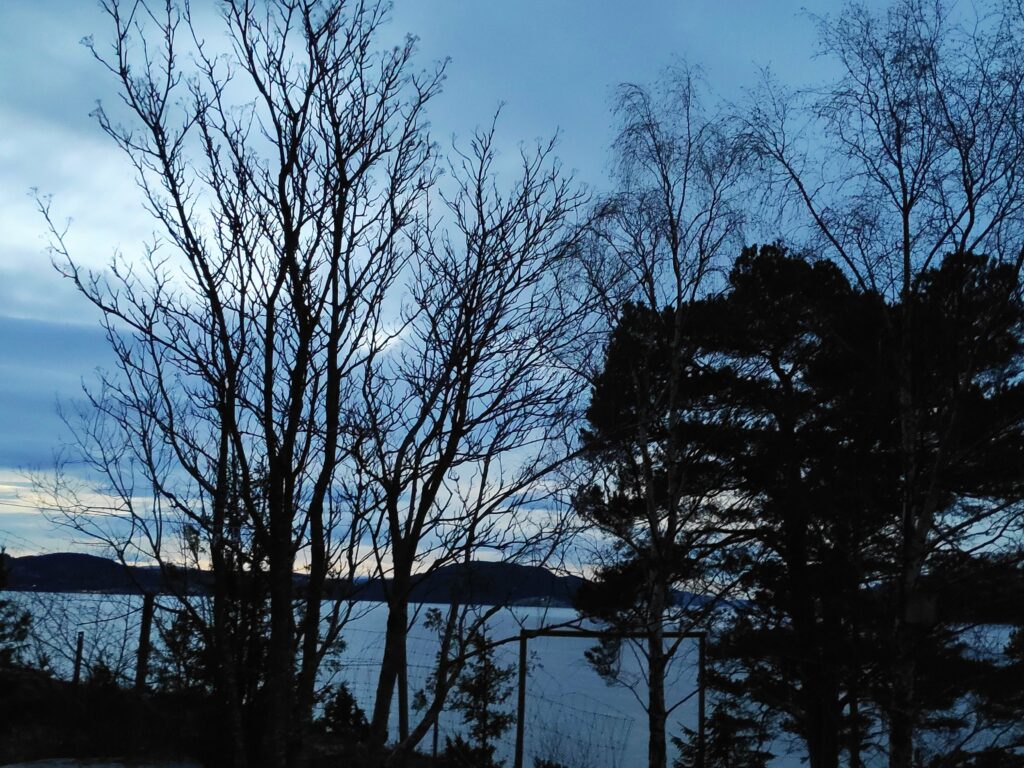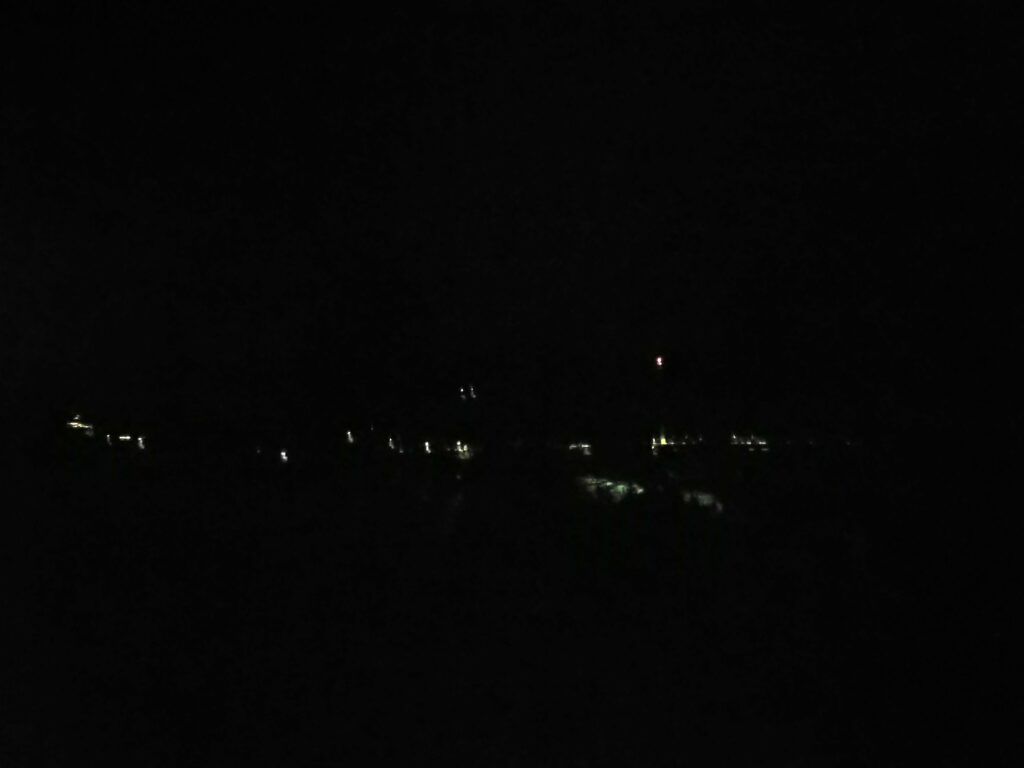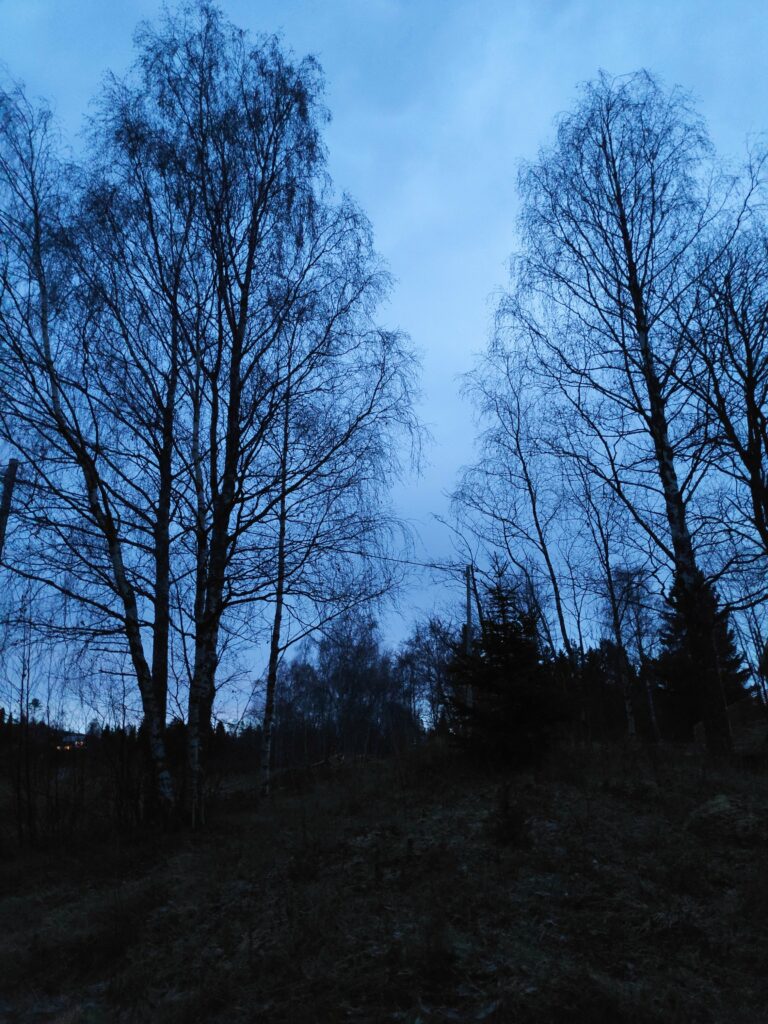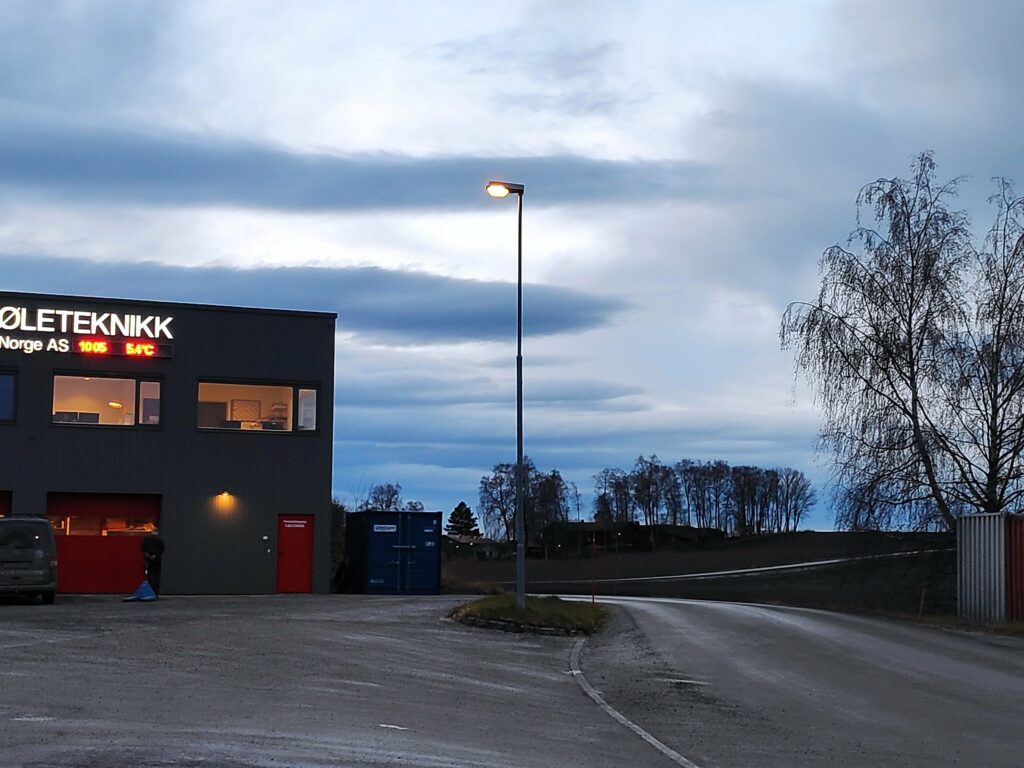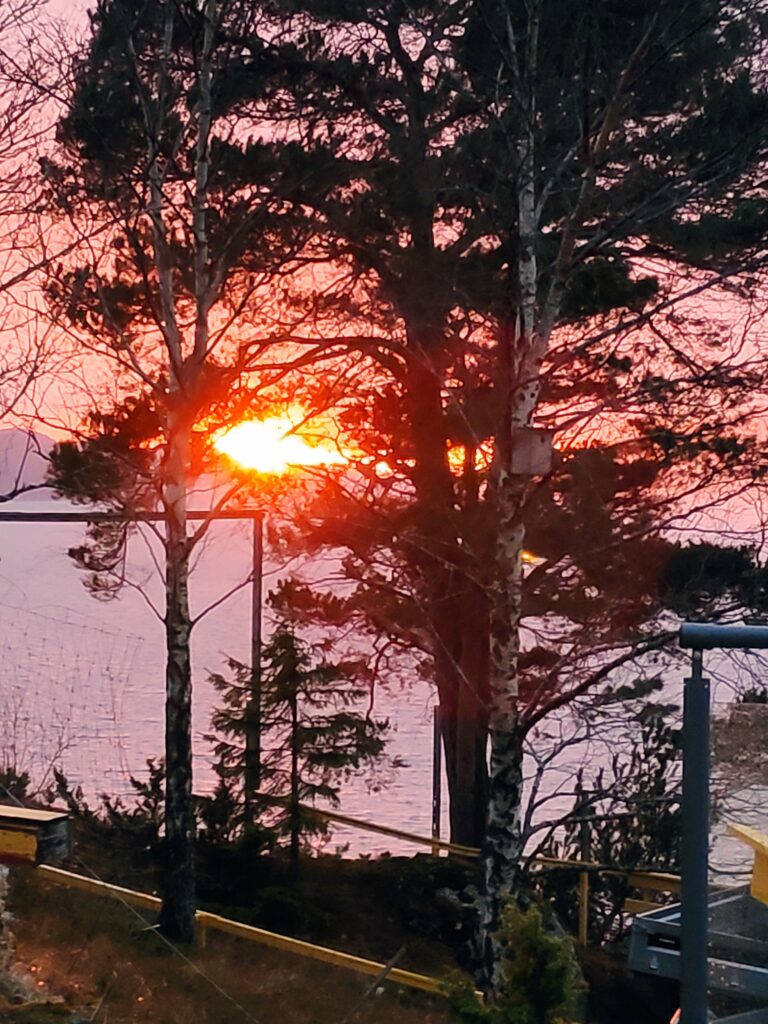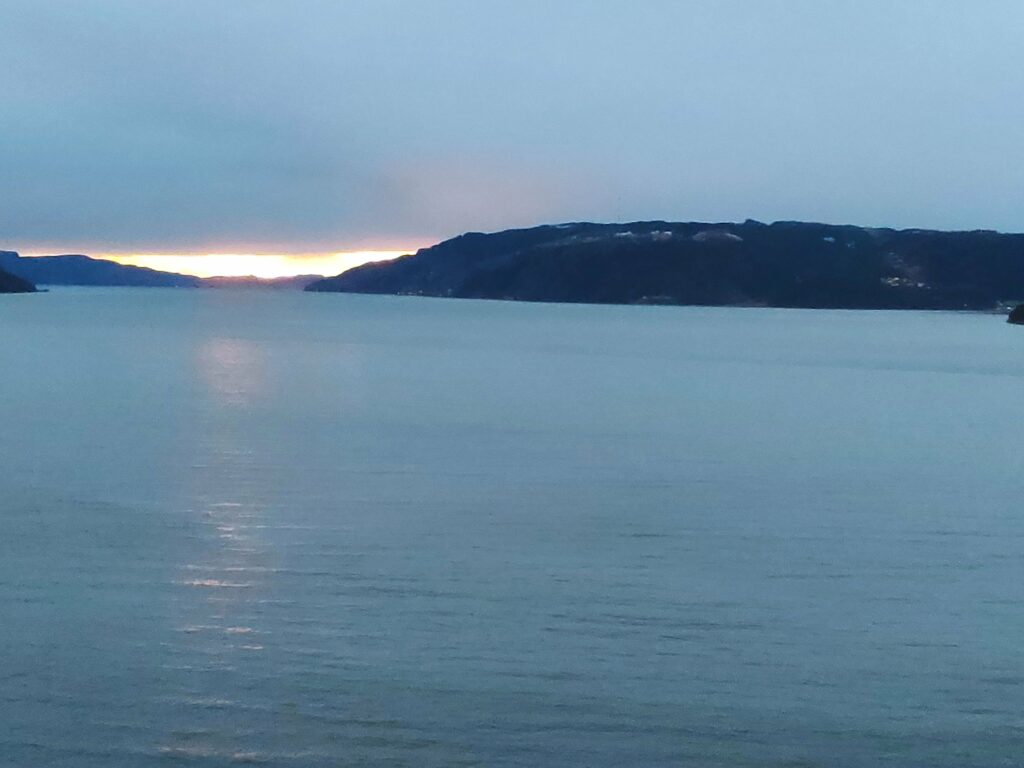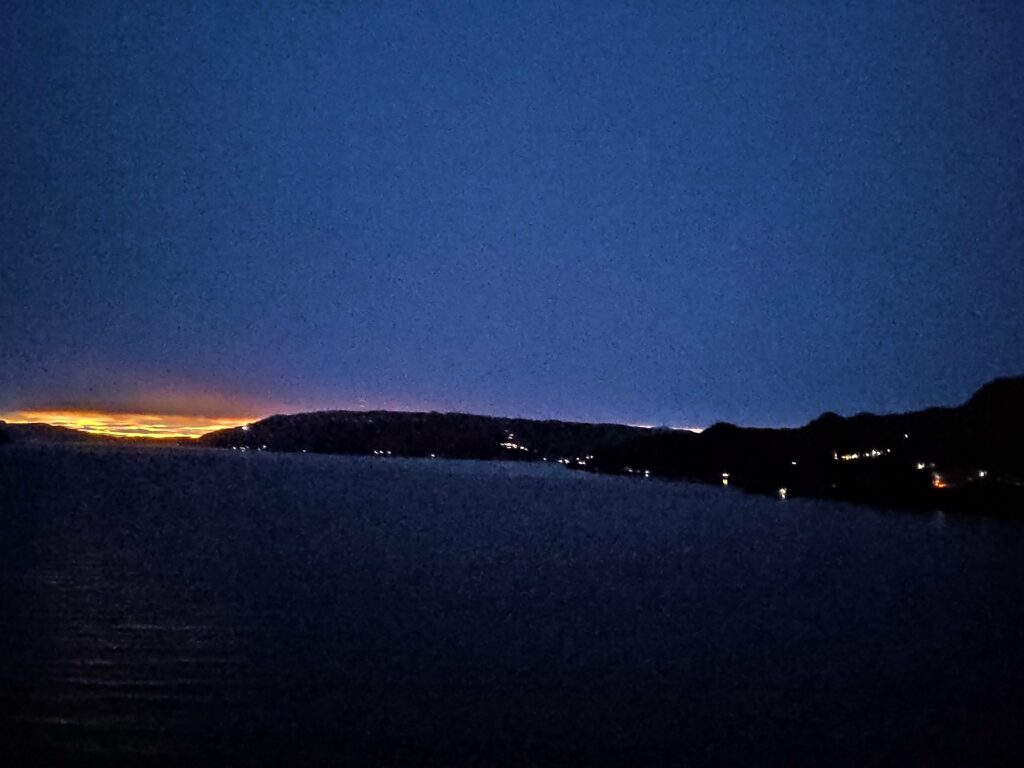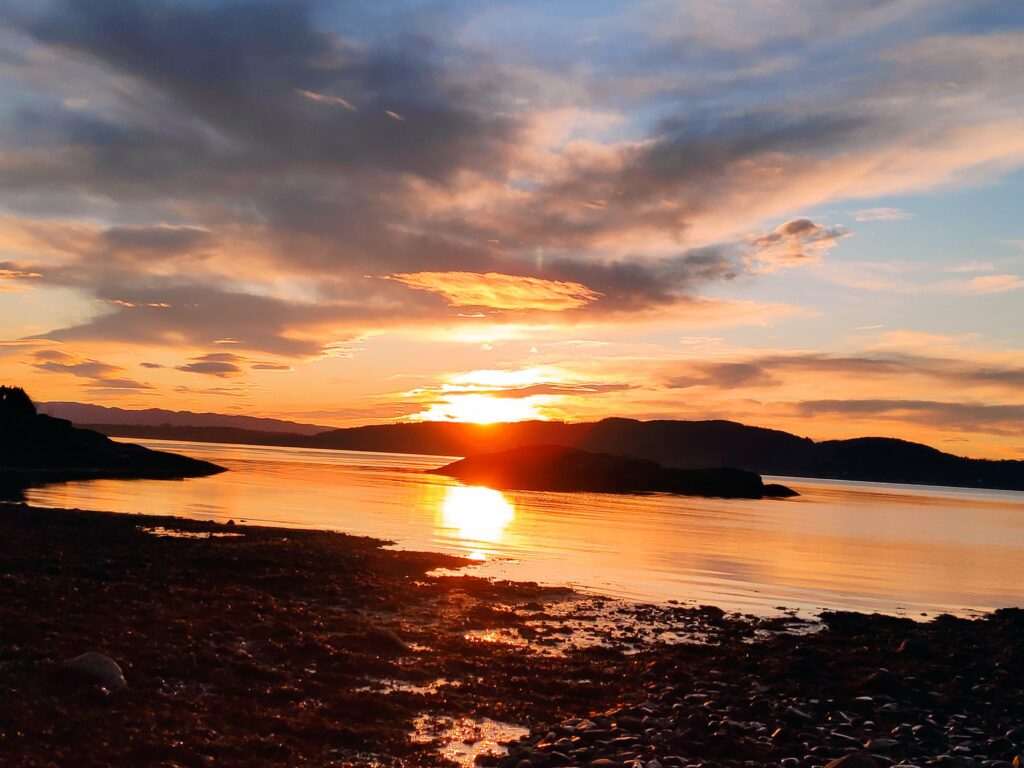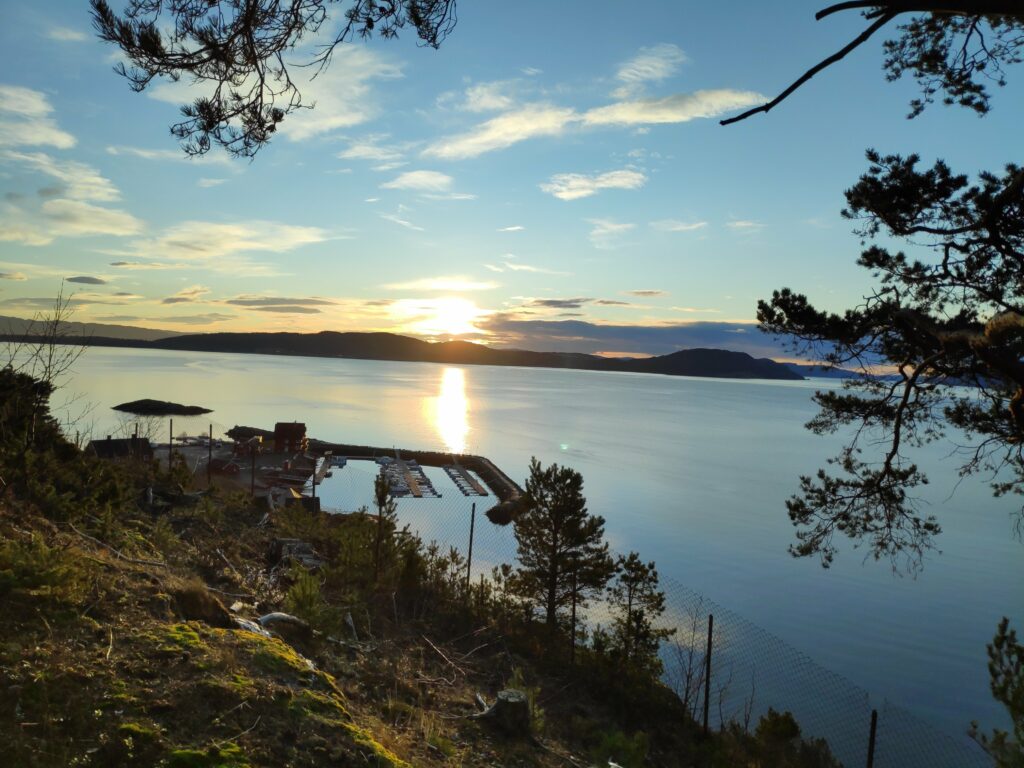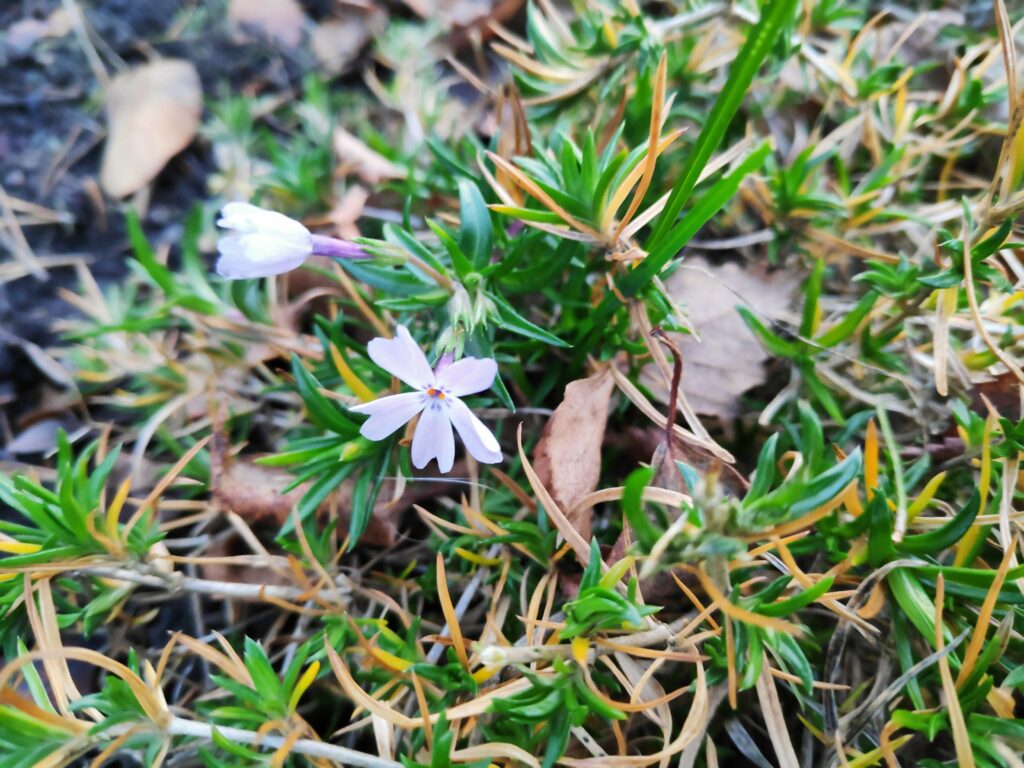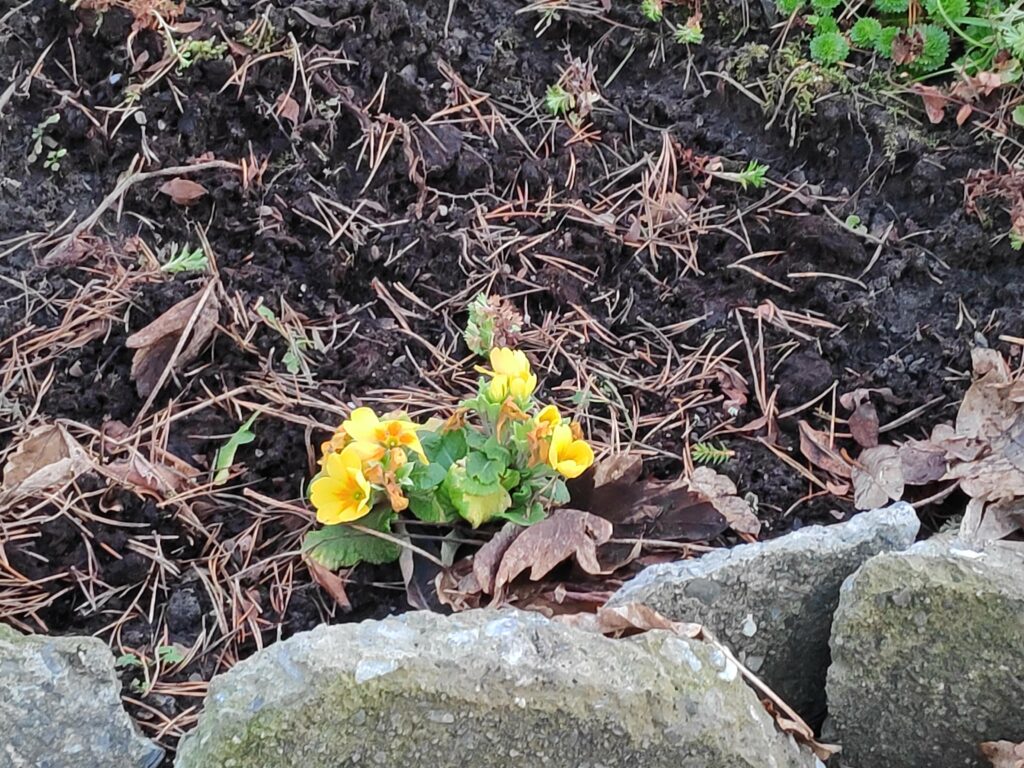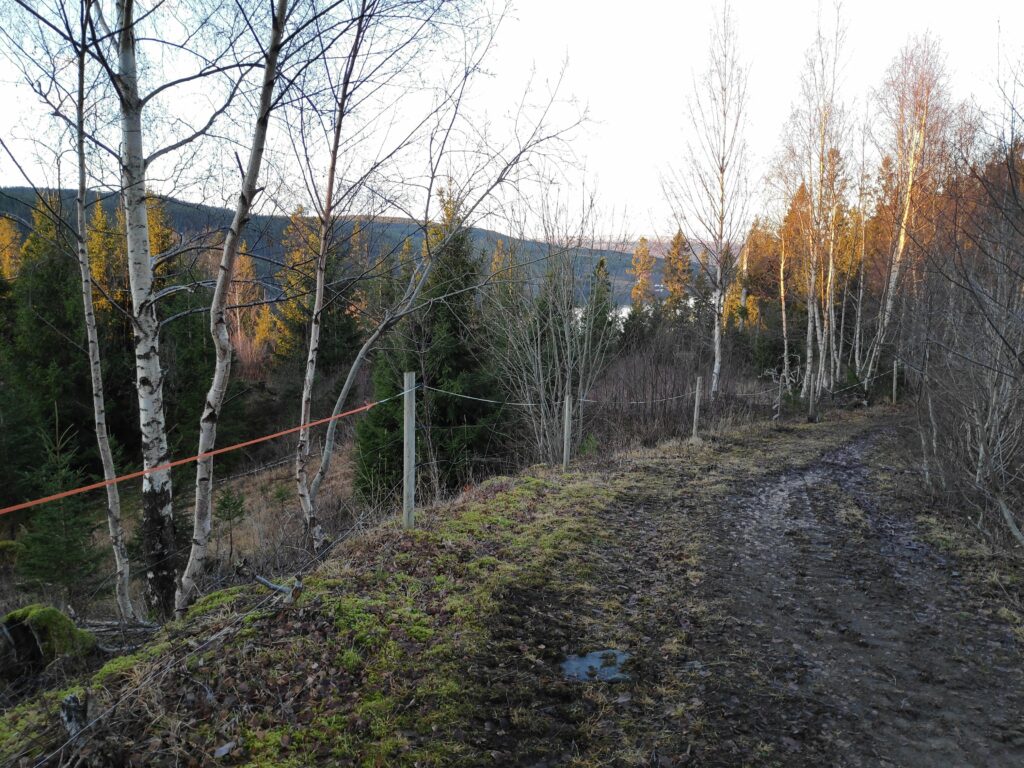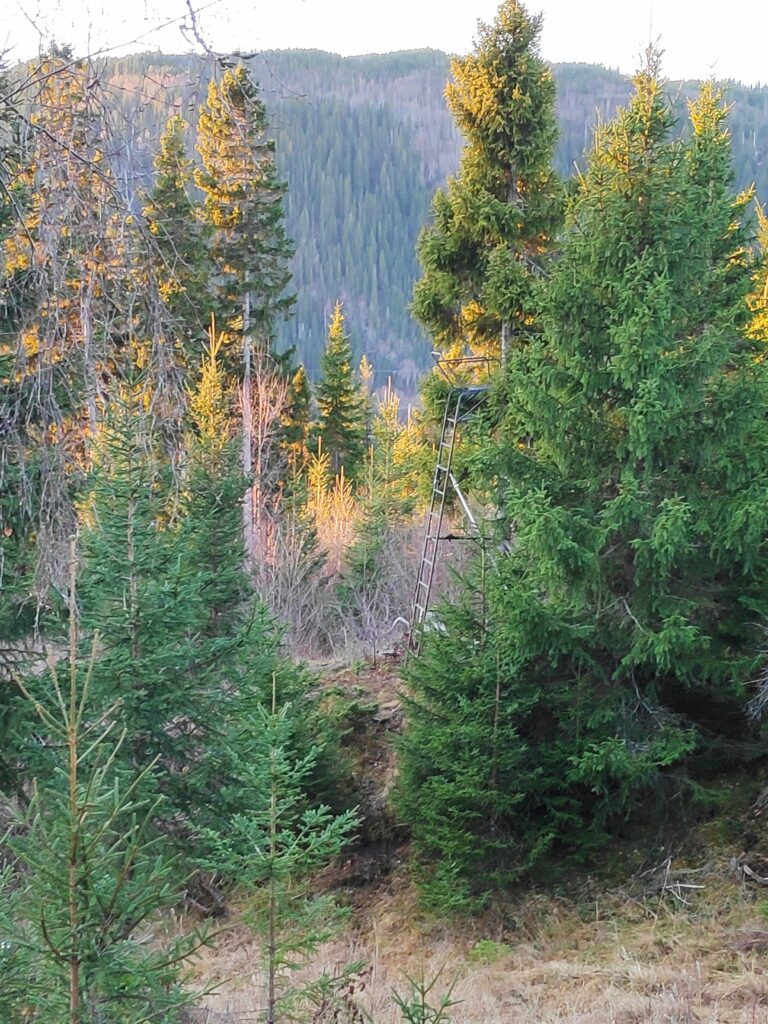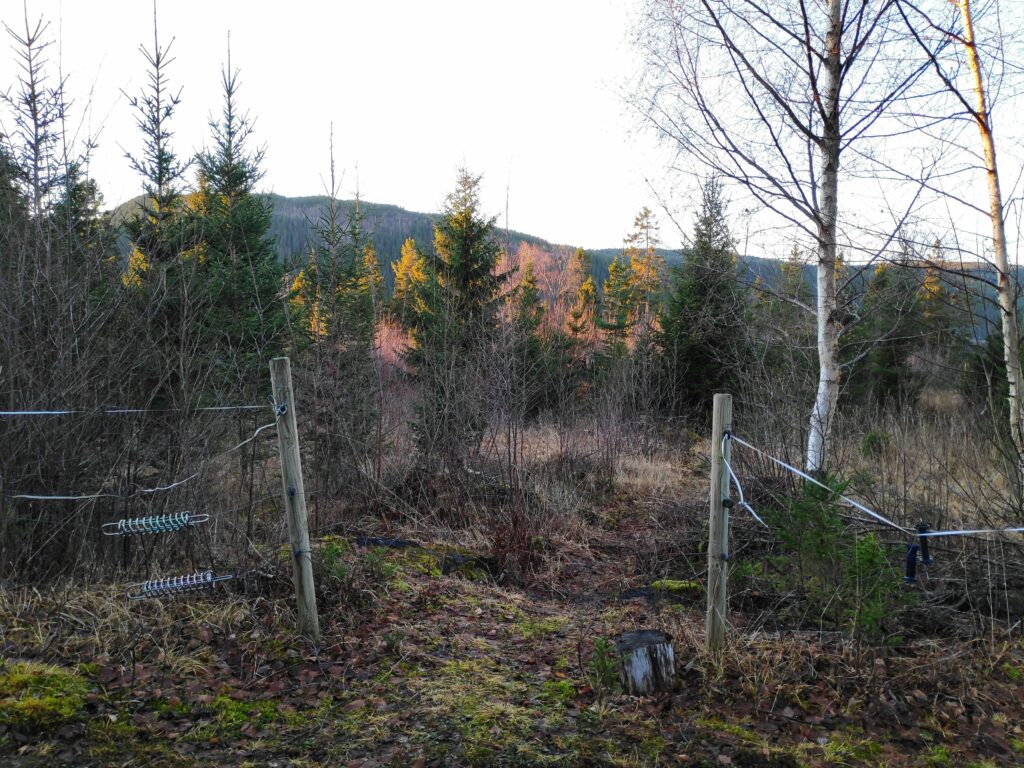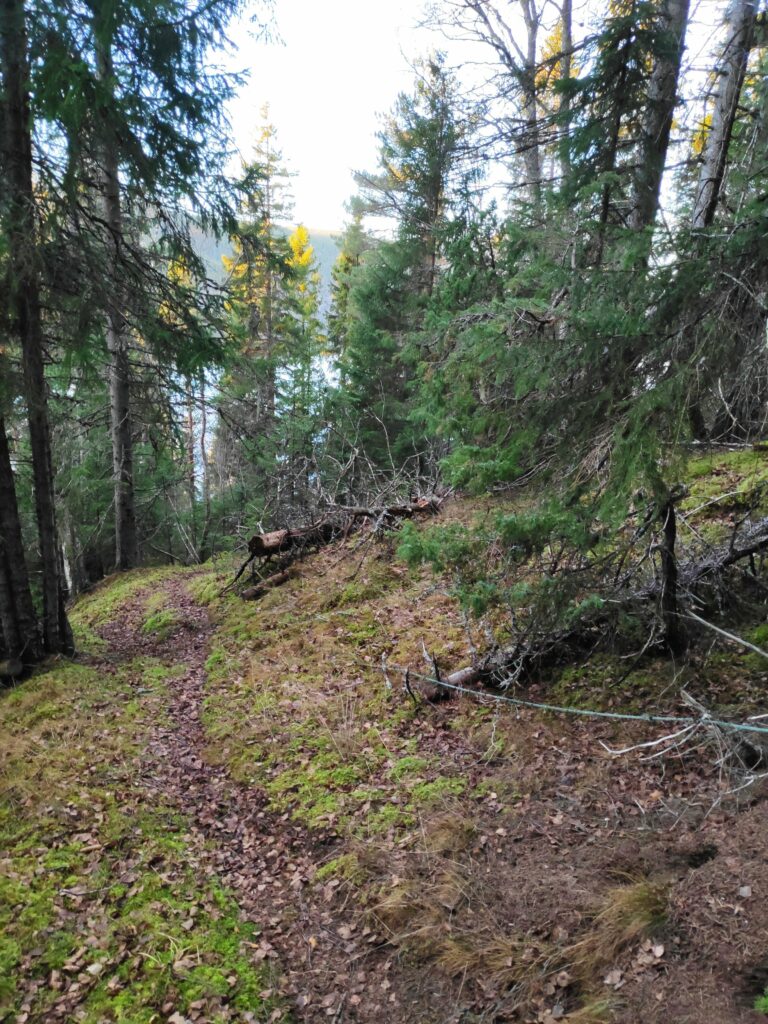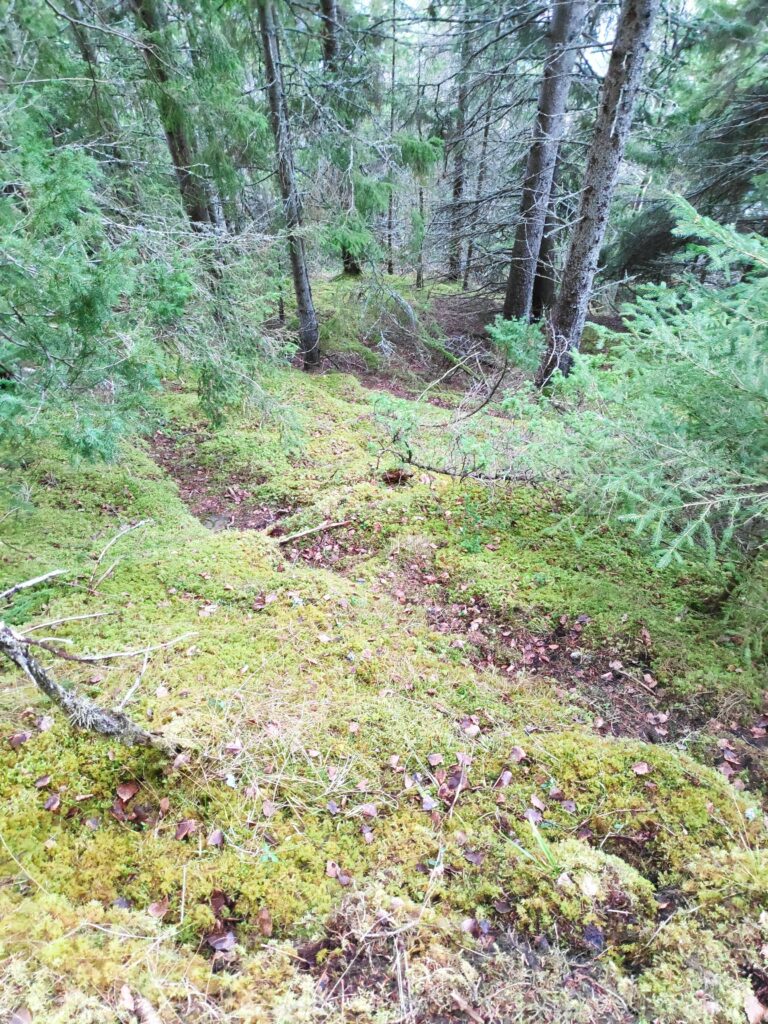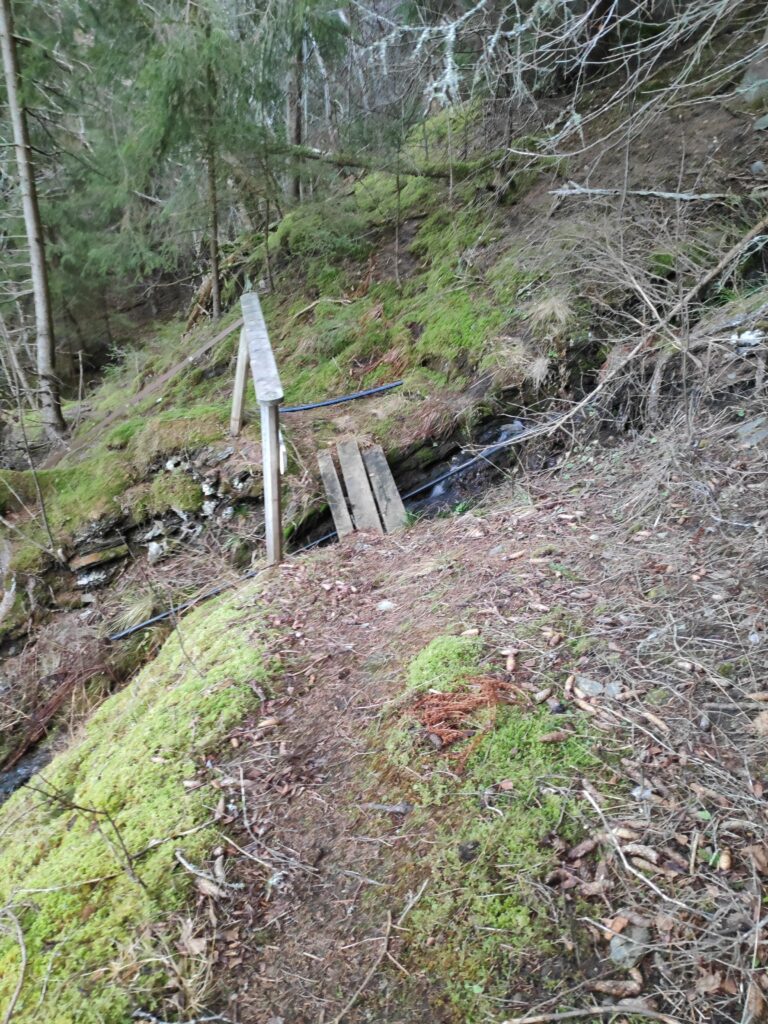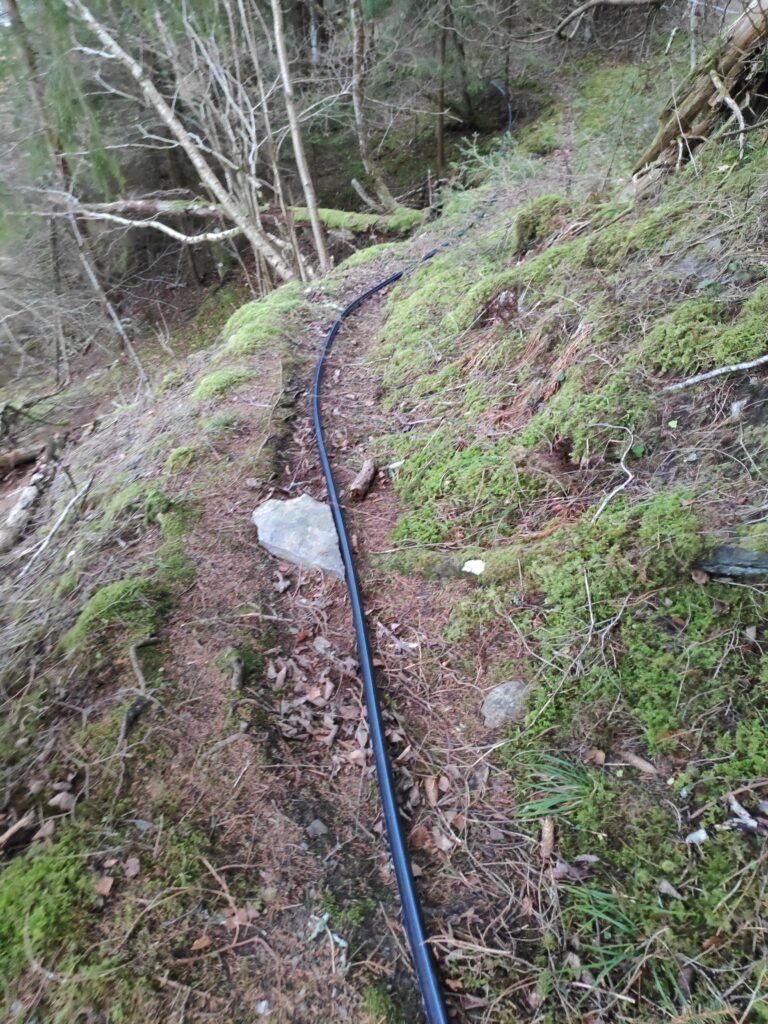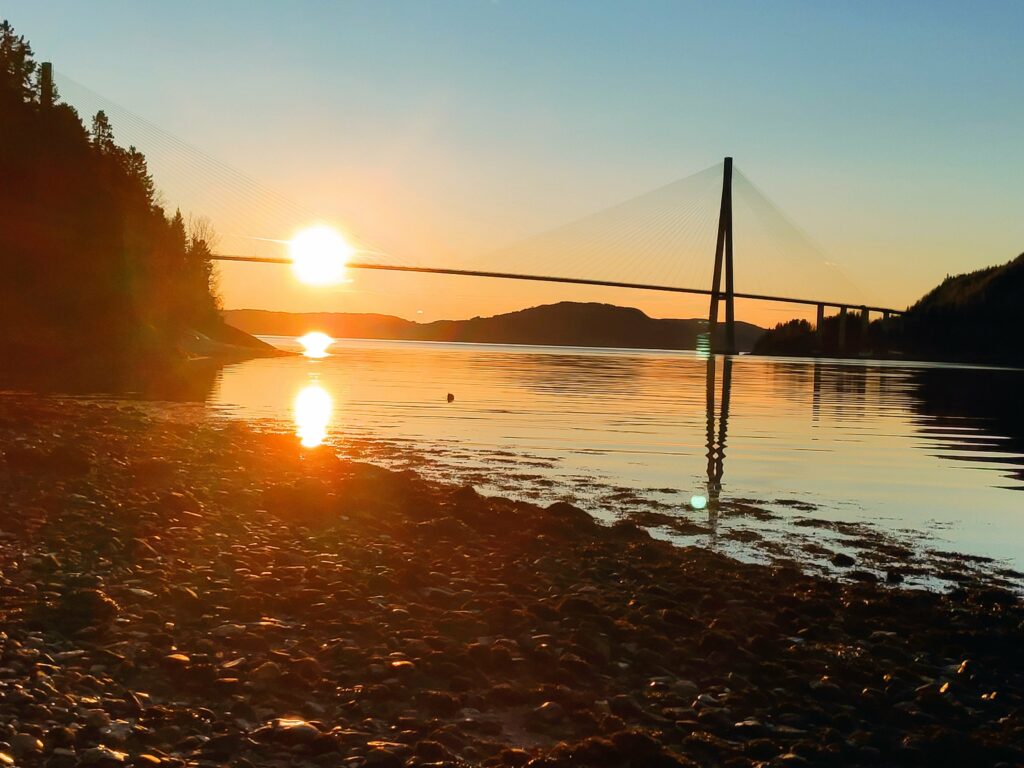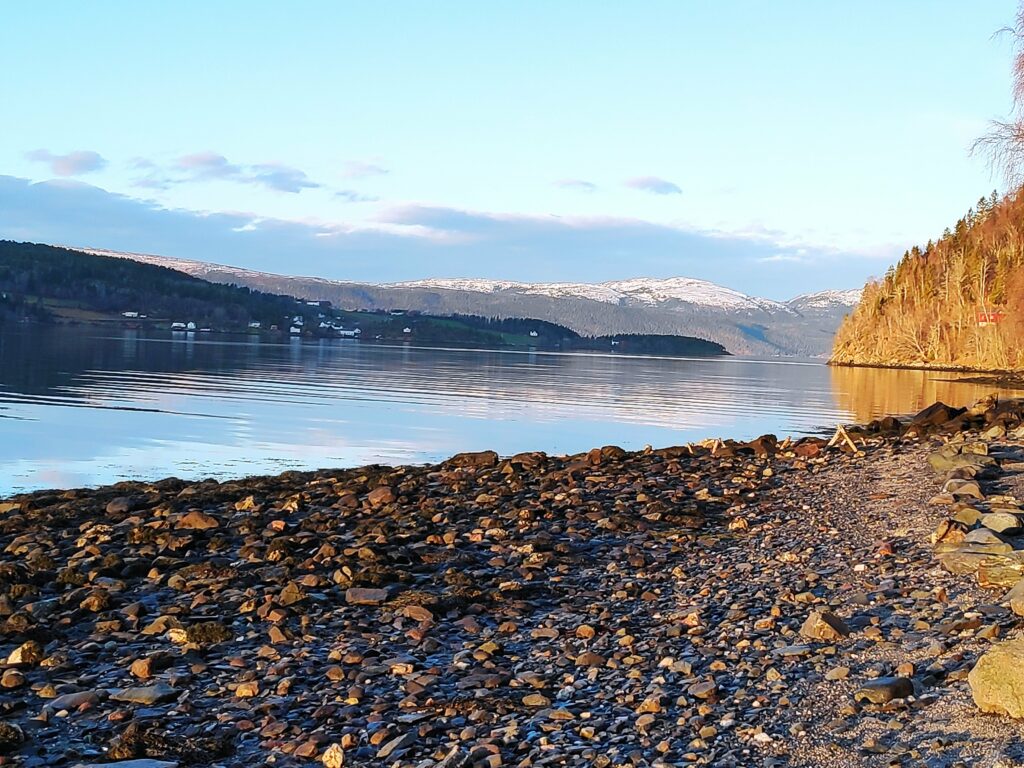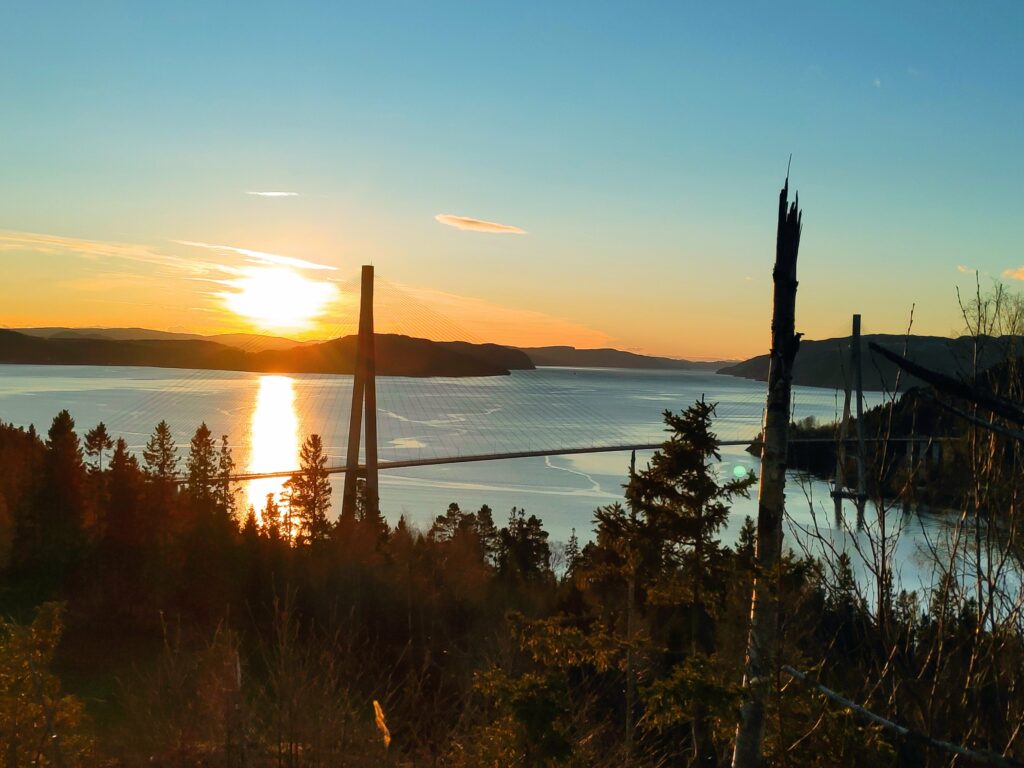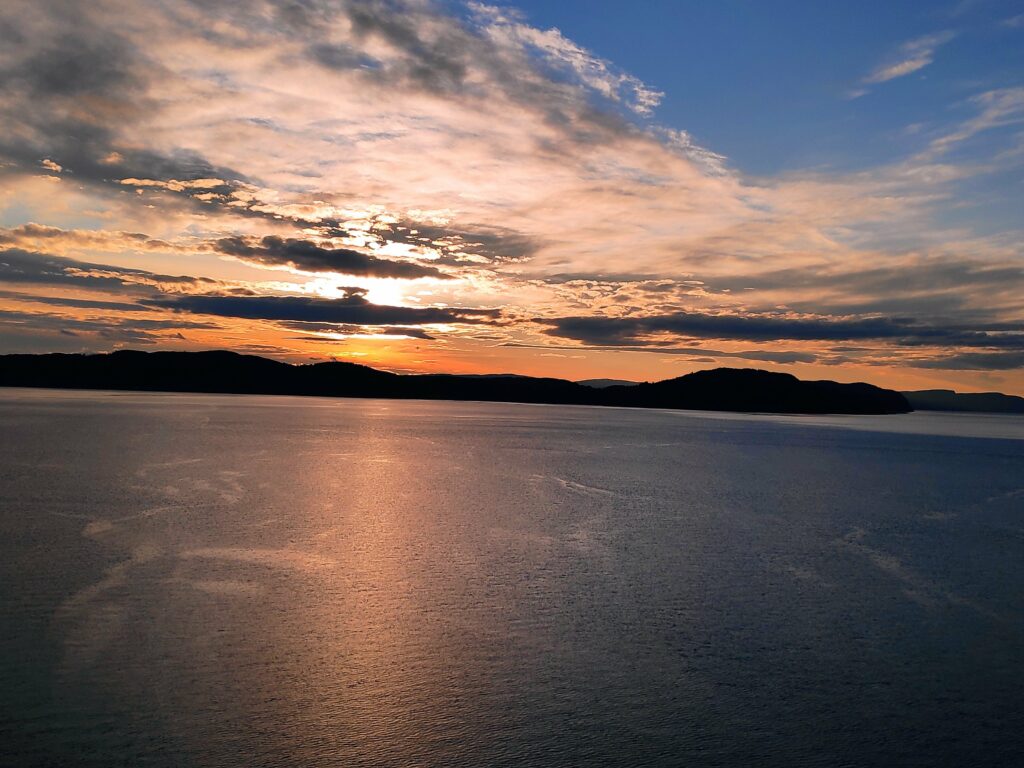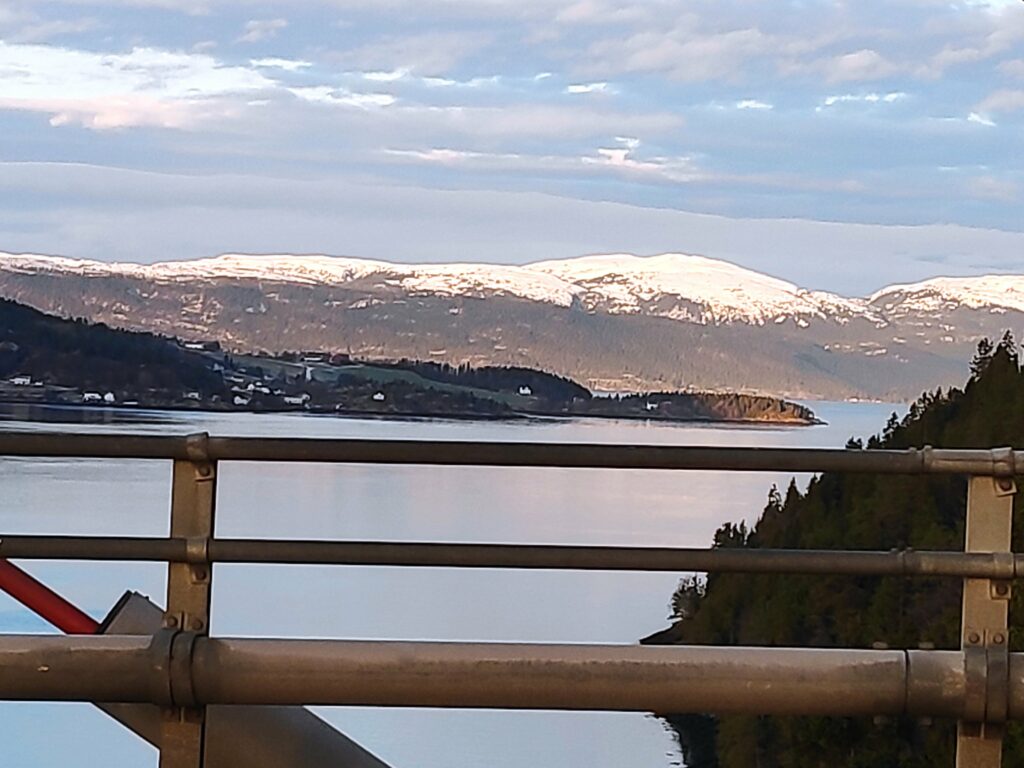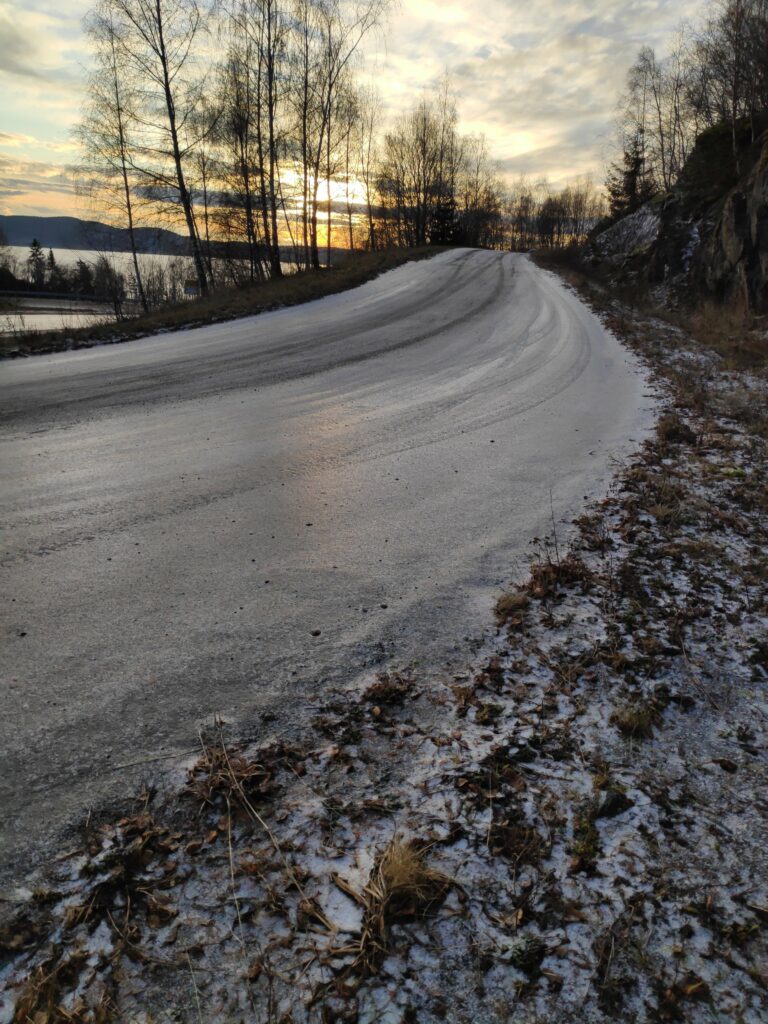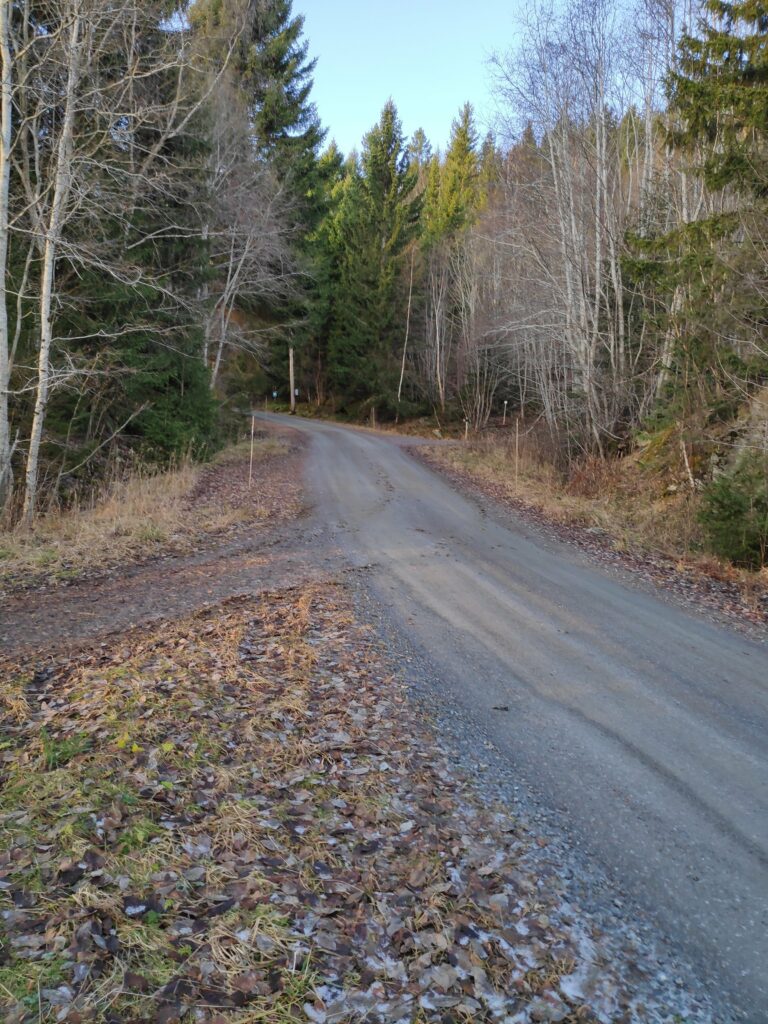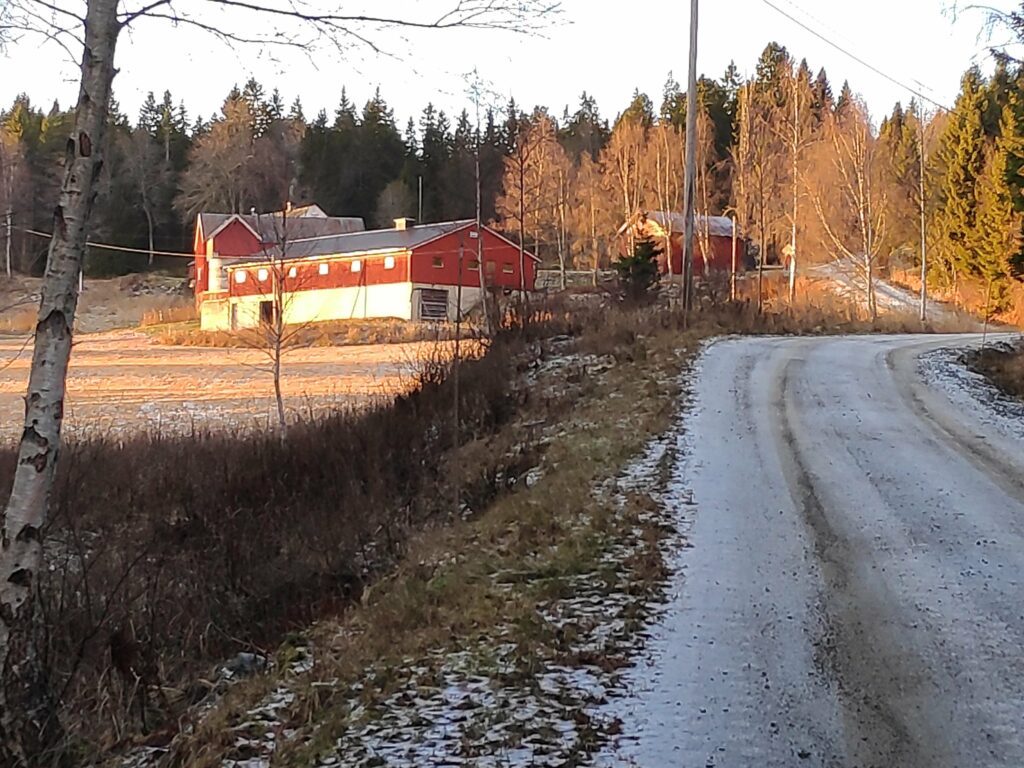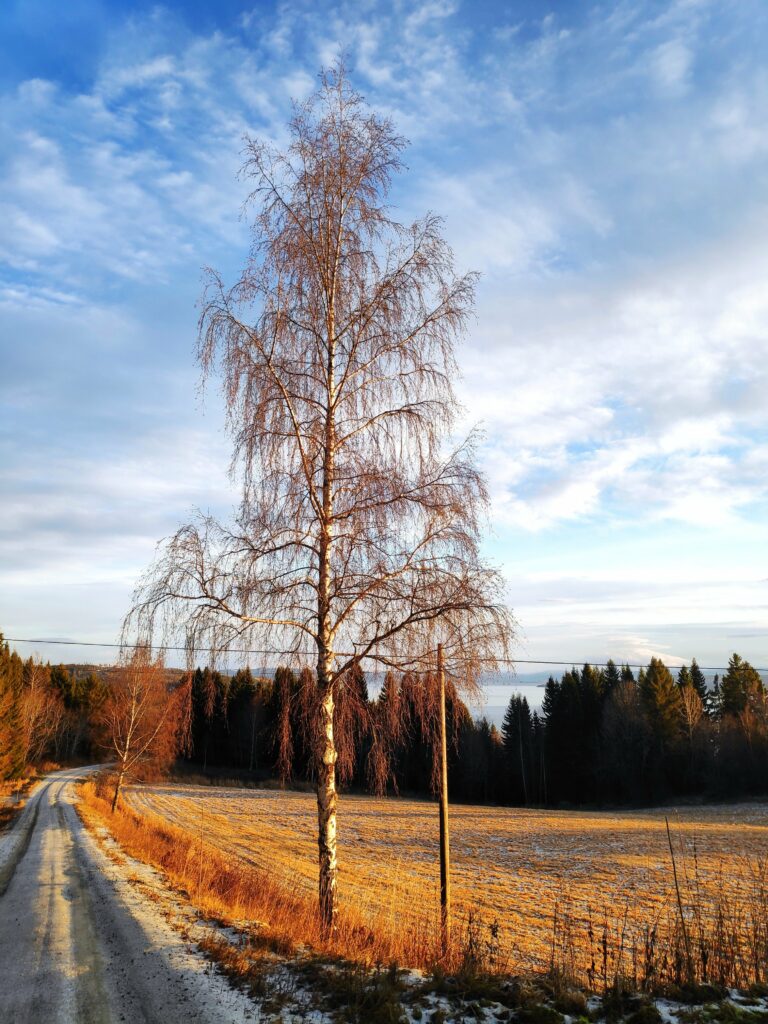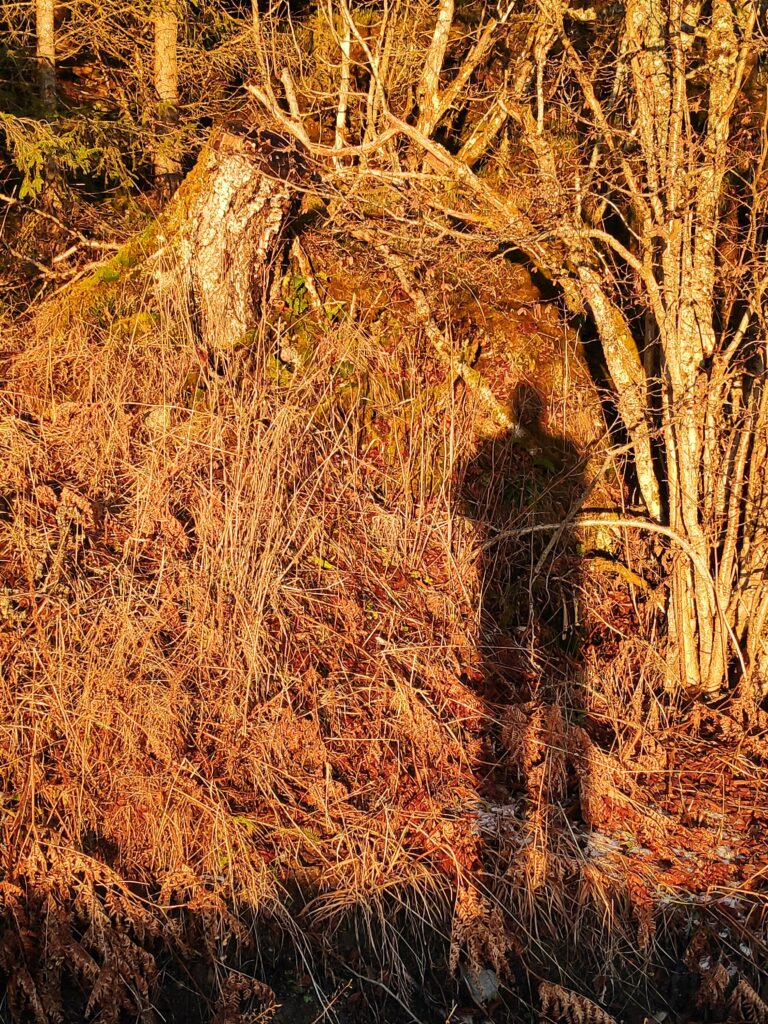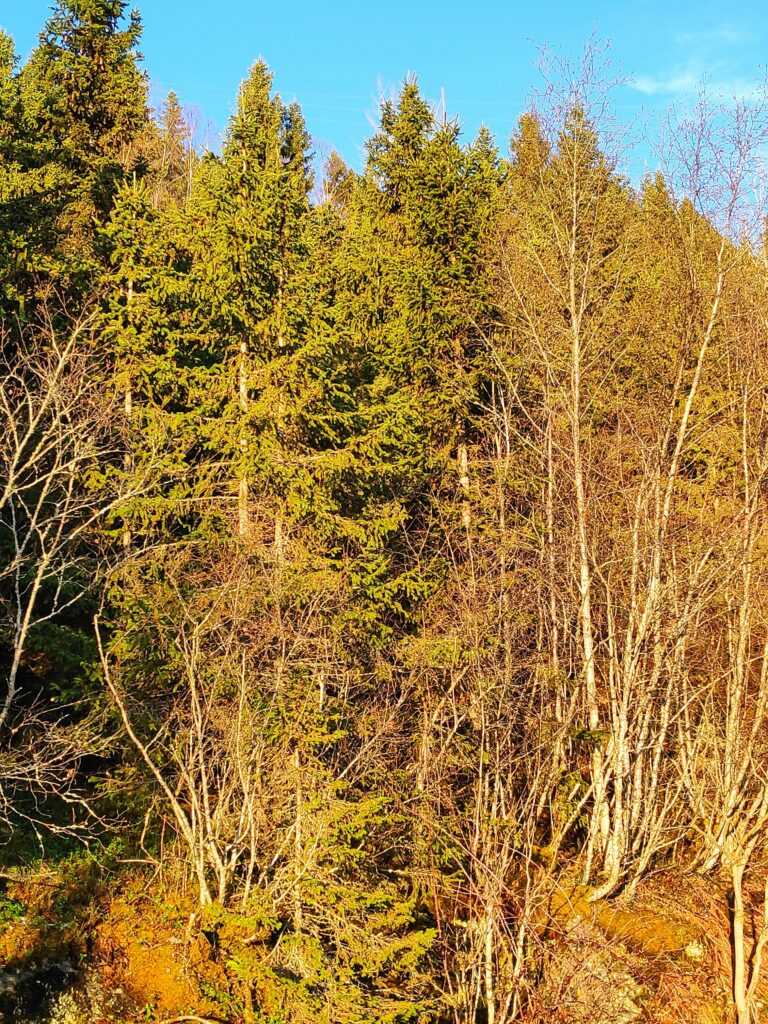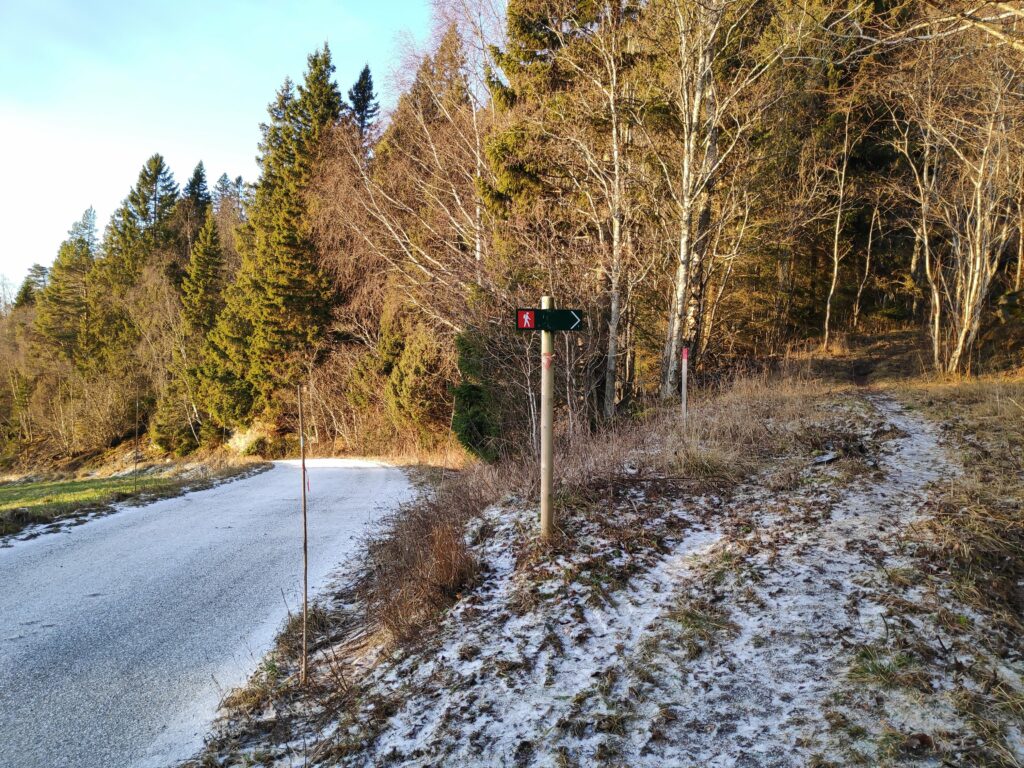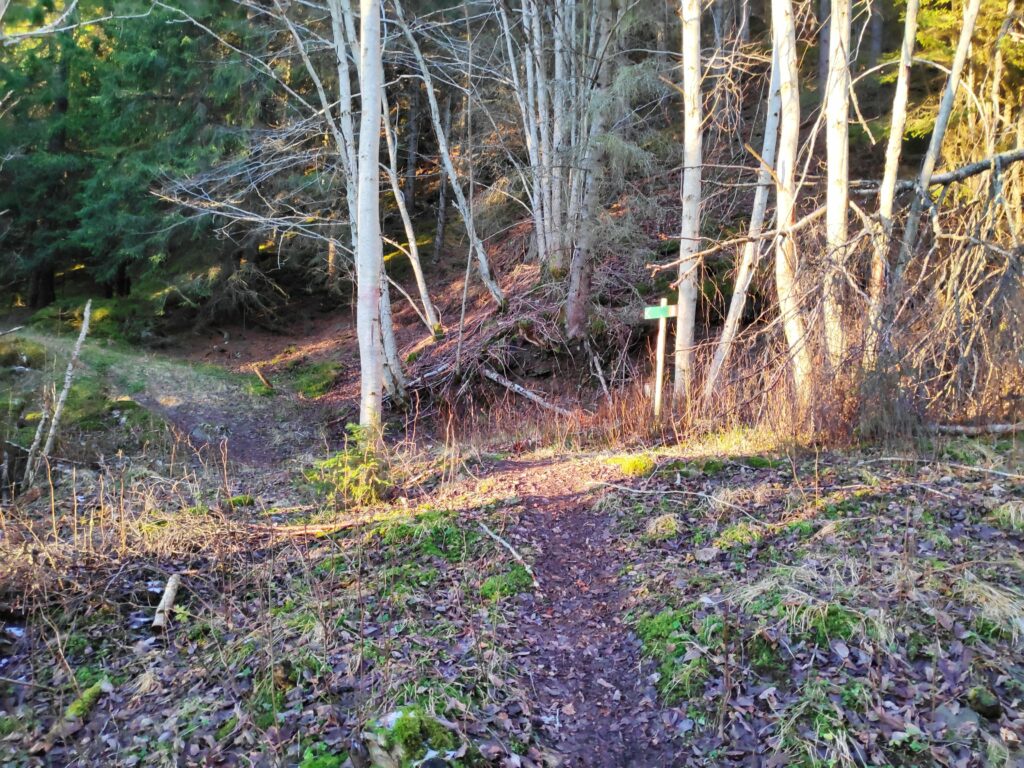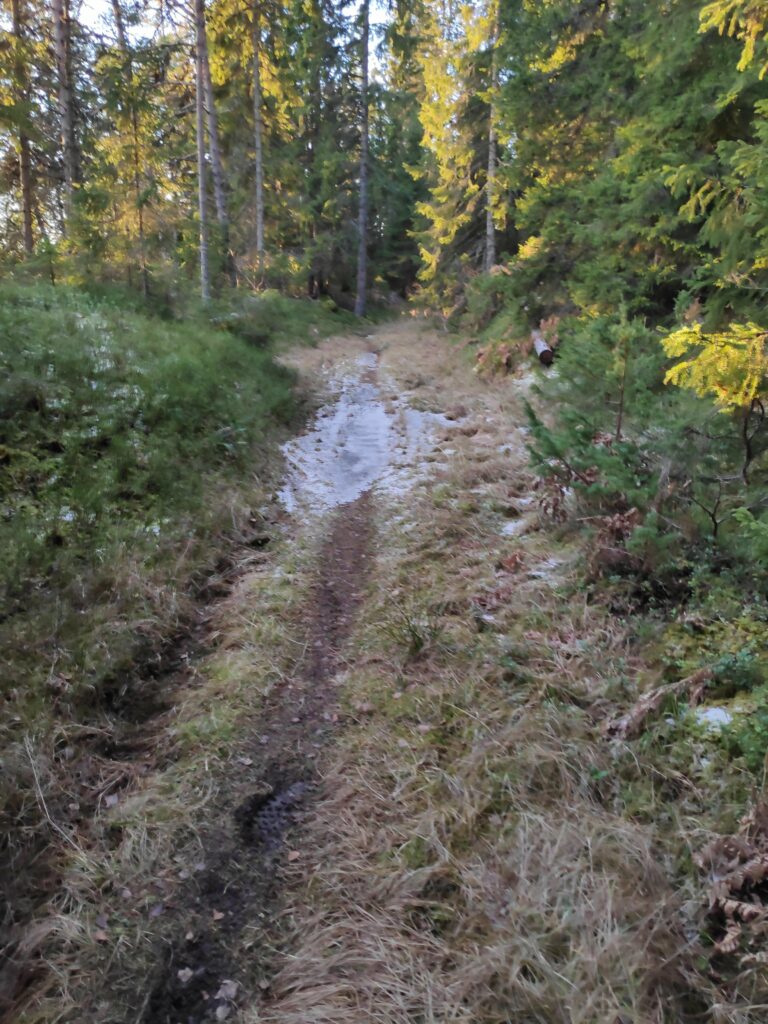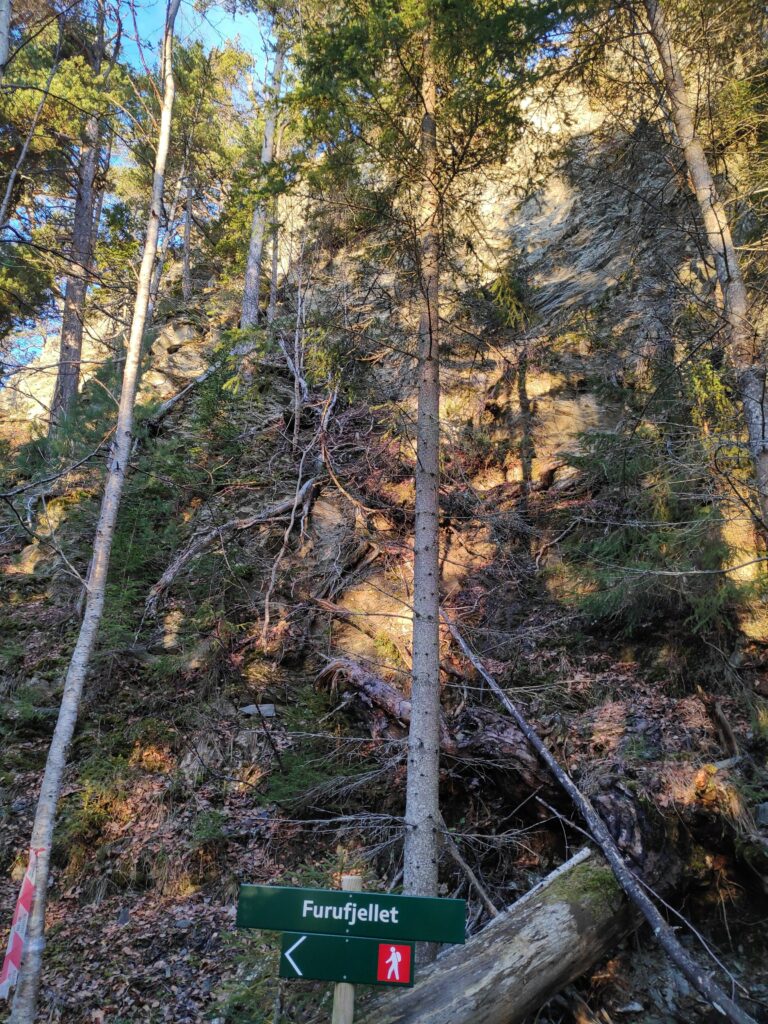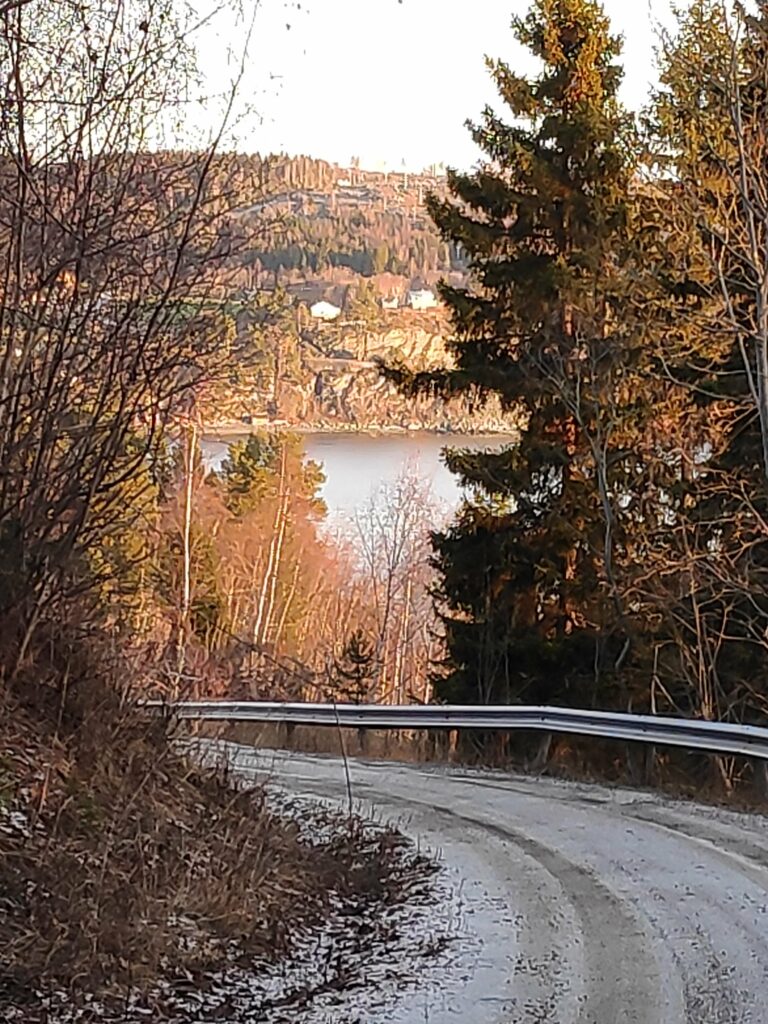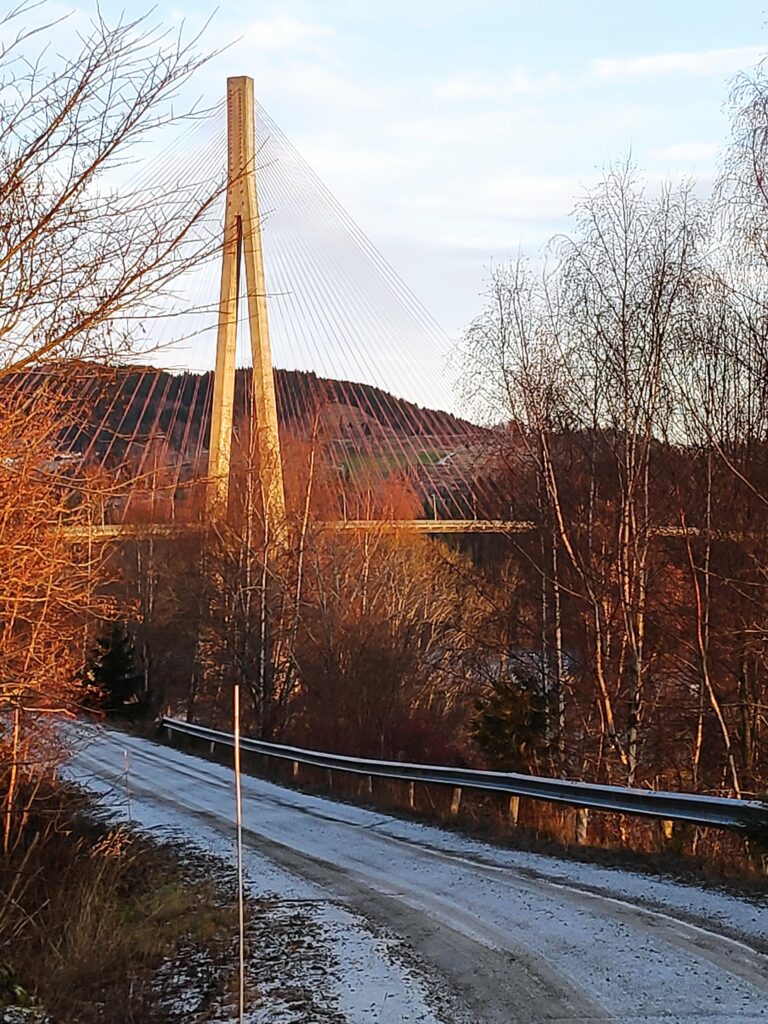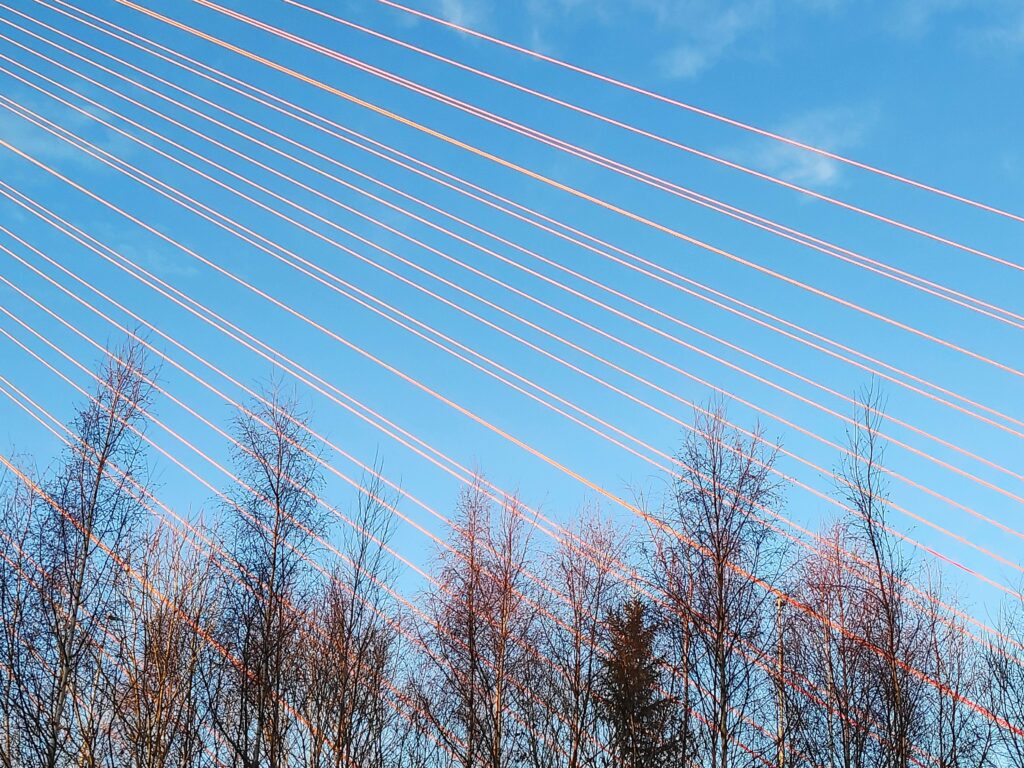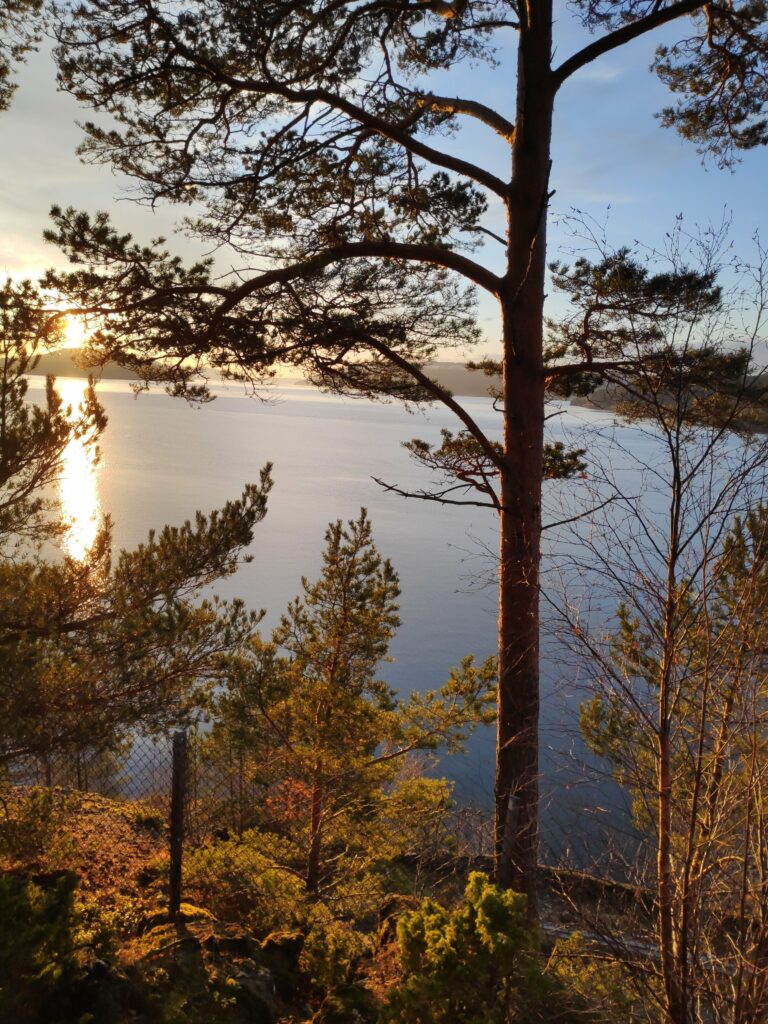As I write this on the last day of 2020, I am thinking of all that has happened during this year, both to myself, my family and the world. Some things have been constant in my life and other things have changed quite a bit.
Throughout the year I have used Duolingo to help keep my brain in shape. My old standby language is French, which I first learned when I was 14 years old. I grew up in an officially bilingual country, so French has been with me most of my life. Even in kindergarten I remember learning to count, in French, the number of elephants on the inside cover of a Babar book. Over the six years that I have been using Duolingo to learn languages, French has been my constant language that I have worked on almost daily. If I have finished what was on Duolingo in French, it didn’t take long for them to add more lessons and I have experienced at least two upgrades in the French course during 2020.
In addition to French, I was studying Italian at the beginning of the year and now I am studying Swedish, which is perhaps a more practical language for me that lives in Norway and shops at many Swedish chain stores. Swedish is easy as it is so close to Norwegian, but there are things to learn which helps my brain keep in shape and learning new things.
Also during 2020 I have tried to get out walking several times a week. Those who read my blogs will have seen descriptions and pictures of quite a few of the walks I have taken.
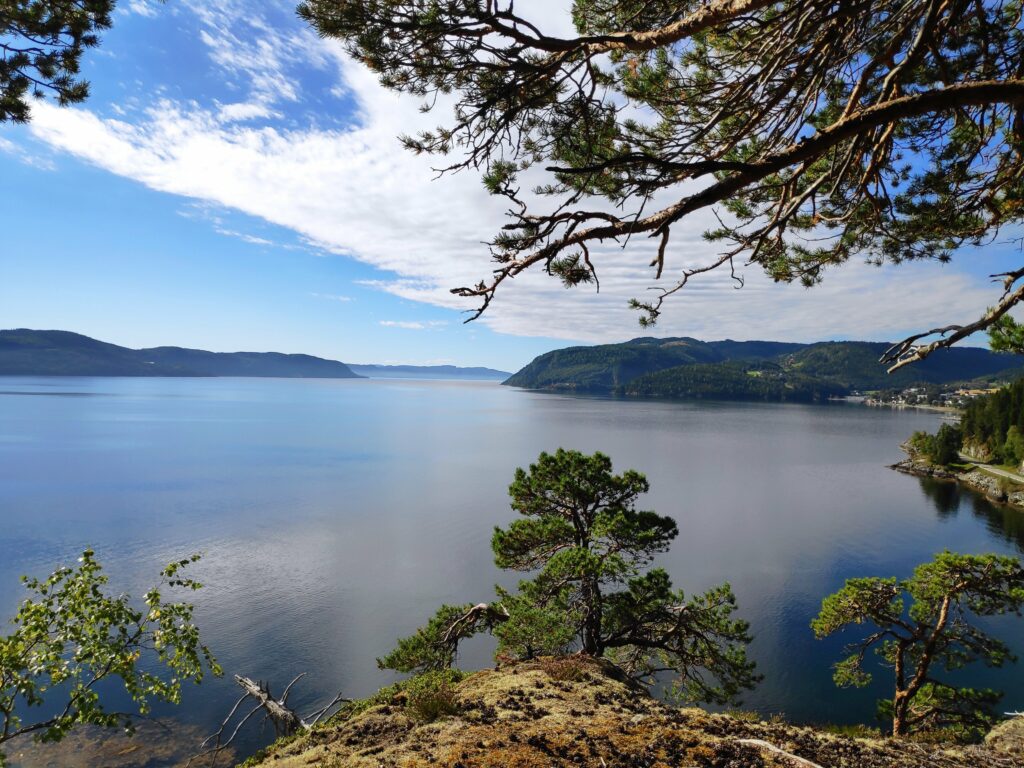
January 2020 was, in retrospect, a normal month. We were working on plans for an extended holiday of several weeks to San Francisco, Detroit and Bergen. Reservations were made and plans agreed on. News from China that there was a virus on the loose that was causing a lot of deaths had started to filter through, but though I hoped that we wouldn’t come across it in the Chinese part of San Francisco, I didn’t know how that virus was going to affect the rest of 2020.
Towards the end of February, my husband and I left on our planned trip, meeting up with my son in Oslo and then flying to San Francisco where my daughter lives. We also met up with my sister there for some of our stay, with her staying in the same hotel as us three visitors from Norway.
I enjoyed our trip to San Francisco, having time to relax with family and spending time with my sister and daughter who I don’t see very often, but do keep in touch with on a regular basis. The weather cooperated with only one day of rain and temperatures were much warmer than they would have been at home. San Francisco has lots of things to do, but as we were staying at a hotel in the downtown area, I noticed in particular the number of homeless people that were just living on the streets. It was a stark contrast to where I live, where the local community gives those not able to look after themselves a place to live.
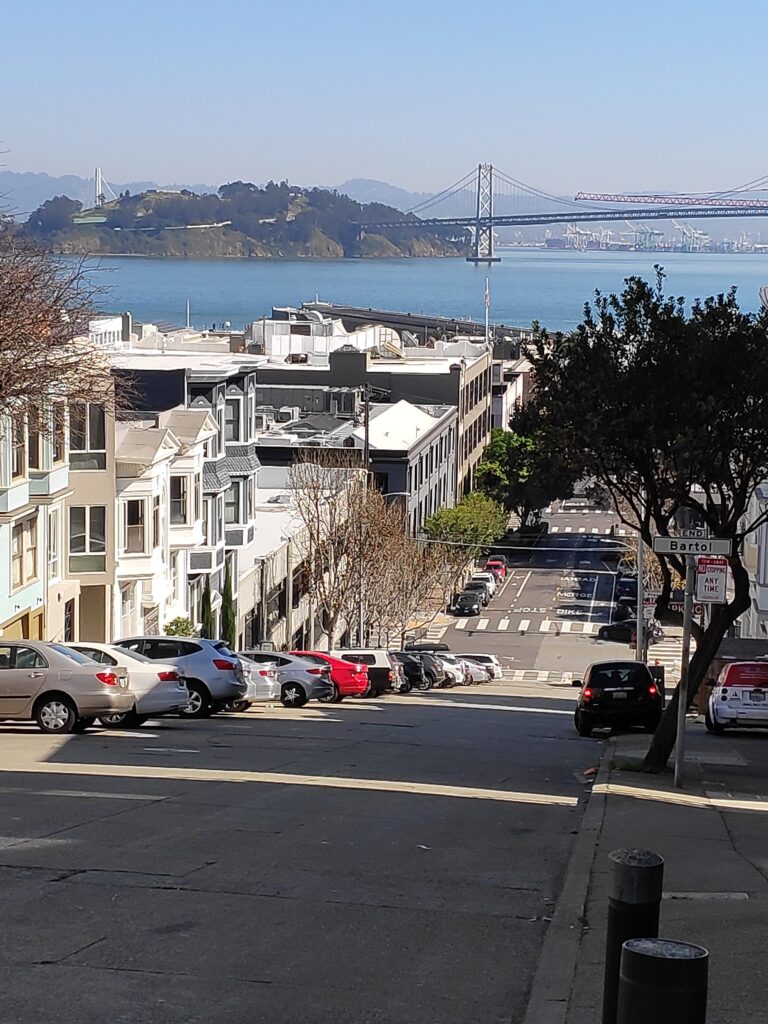
After two weeks in San Francisco, my son, my husband and I flew to Detroit. At this point in the trip, the corona-virus is becoming news, but it is not affecting what people are doing with their days. Traffic in the airports was normal. The reason for Detroit as a destination was to visit my husband’s half-brother and his family in their home environment.
Now we were staying in someone’s home and the television was on most of the time. But there only seem to be two main items of news – the up-coming presidential election in the USA and the corona-virus problem. The latter was becoming a great problem in both Europe and the USA. We were in Detroit for a little over one week, but suddenly things were not normal. A trip to a museum indicated that though there were still some people around, the place was not as packed as one would have expected. A trip to downtown Detroit was even more revealing, as there was almost nobody walking around and nobody on the light rail through the city center. The pandemic as it would be called was creating changes in the way people spent their waking hours.
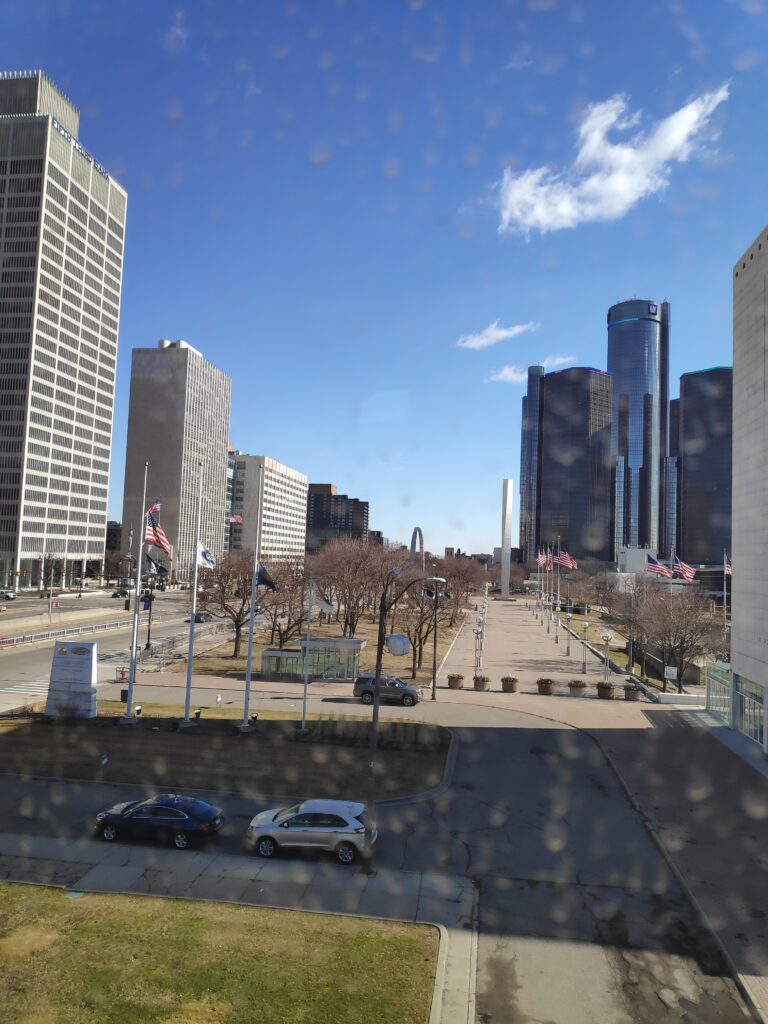
During this week, we had to reschedule the rest of our trip. The week in Bergen was cancelled. The hotel we had booked was closing down and they would relocate us to a different hotel. My son who was working in Bergen at the time was given home-office so he decided to move his home-office to our place in Vangshylla. Plane tickets were rebooked, still going through Amsterdam but now our destination was Trondheim airport, rather than Bergen. Already, the airlines were reducing their numbers of flights and flights between the USA and Europe were becoming less and less frequent.
The trip home from Detroit was very different than the trip out. The airports had almost nobody in them. However we met one of my daughter’s friends in the Detroit airport and also in Amsterdam, so we spent a bit of time talking to her and her family. I have never seen large airports with so few people in them. People were starting to wear face masks. The planes were only half full. On arrival in Trondheim airport we were met by people fully covered in protective clothing. Though foreign citizens, we were official residents so there was no real problem, but it was a stressing situation. Taking the train back to where our car was parked was also different, with almost nobody on the train.
We had to spend 14 days in quarantine as we had been out of the country. I didn’t mind the rule as we had no idea if we had picked up any bad viruses on our trip. We arranged with people who lived near the food stores, to pick up groceries for us so that we had at least some fresh food in the house and I was hoping we had enough dried food so that we could eat varied meals. We picked up our bags of groceries outside their homes and avoided contact with them.
Home again, the news was getting more disturbing and the corona-virus spread around the world. Those who got sick, got really sick and many died, particularly those who had previous health problems. My husband and I were suddenly in a high-risk group, those over 65 years old. Thankfully, we live in the country, with lots of nature right outside the house, so we could go for walks and keep a reasonable physical health even while in quarantine.
The two weeks of quarantine passed and we didn’t get sick, but the world around us had changed. For us, the most noticeable difference was that my son was living at home again, not able to get back to Bergen until the beginning of August. He also ended up coming to stay with us again in November when Bergen had a lot of contagion. Then he got a new job, in Oslo, where there was also home office and so he moved out of Bergen and is currently living with us until the contagion in Oslo is reduced and allows easier access to the city.
My husband and I have a life-style that is not very much affected by the pandemic on a daily basis. Neither of us likes crowds of people. We have lots to do around the house and garden. My husband is busy fixing up the house in stages. The spring and summer went to finishing the terrace. Unfortunately the nice summer weather had come and gone before it was usable, but we have it for next year. Then there was new windows and siding on the next side of the house. This outside work was done as the days were getting very short on daylight and not very warm either. But every bit done, makes the house better than before.
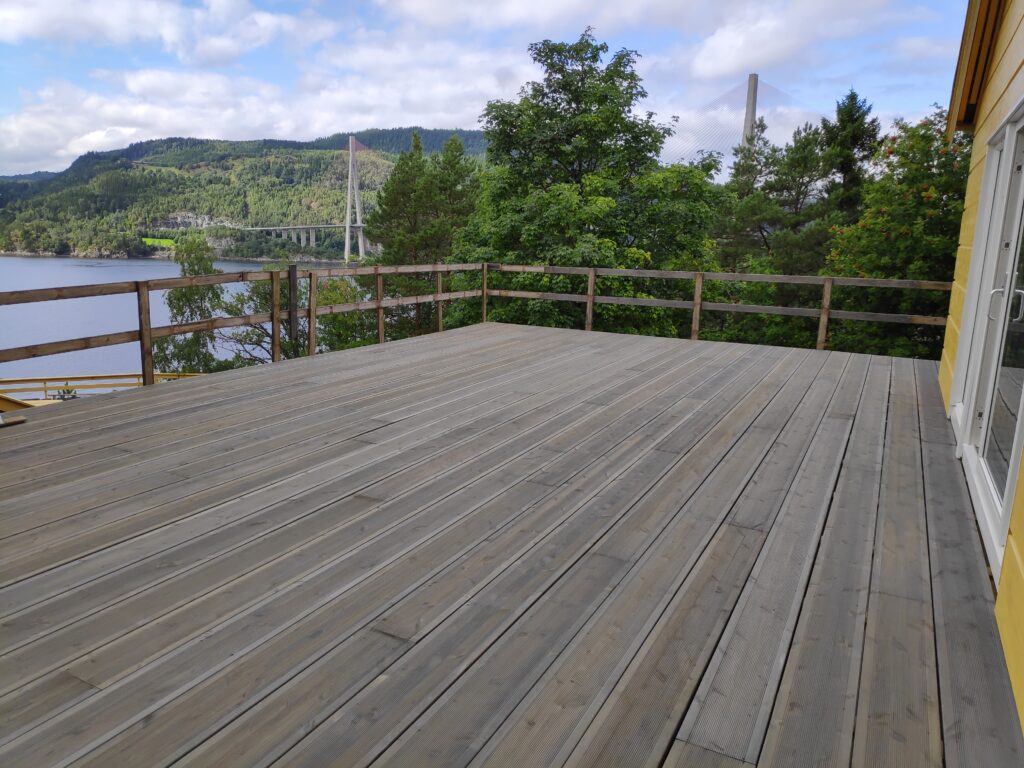
I spent a lot of my time knitting and sewing, sweaters, toques, kid’s clothing, shirts for my husband and tops for myself. I also spent time in the garden, trying to keep it in order. A lot of the summer months were spent painting, both things for the terrace, the wall, and furniture for inside. When you have a house, there is always something that can be improved.
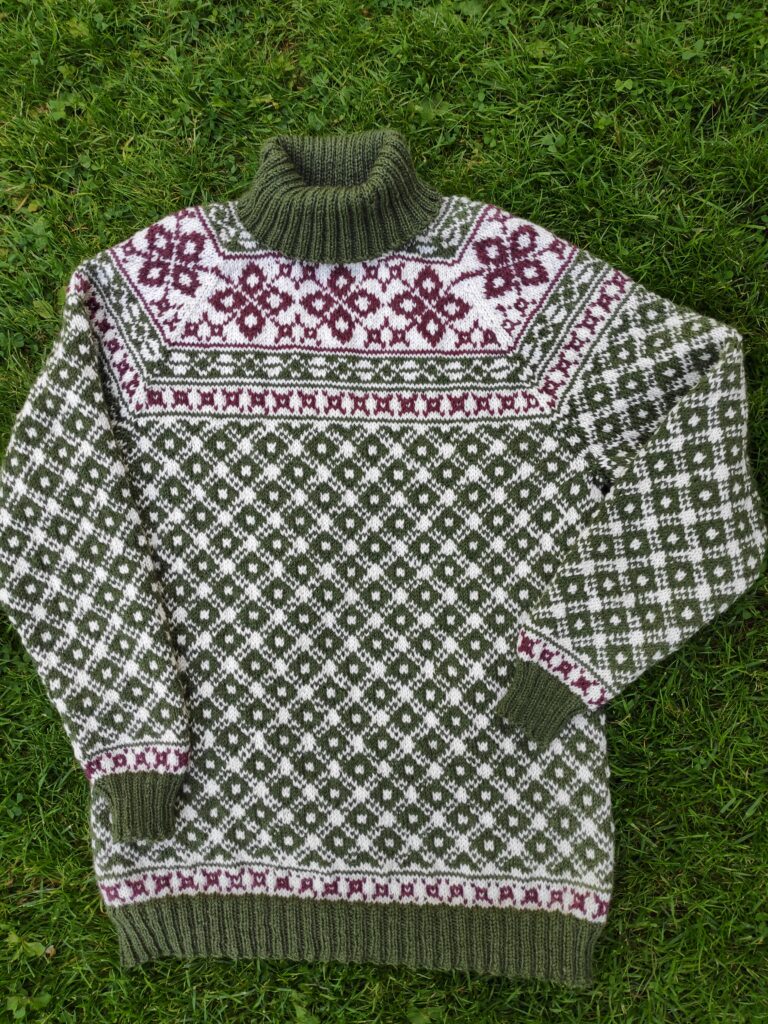
My son also contributed to improving the garden. His window looks out on some of the lawn and he started by removing moss from it. Then he got several loads of dirt to even out bits of the lawn. Then he planted grass seed. The improved lawn made a great improvement to the garden.
My son and I took two different day-trips to visit nearby islands, Ytterøy and Jøa. We were not in much contact with people, and during the summer there was much less contagion, but people were mostly still aware that there was a pandemic and that foreign travel was discouraged.
My husband and I had several trips to our local IKEA store, which is about an hour and half drive from home. This actually makes it into a day trip. But on one occasion, we found that the store was so crowded that we didn’t really find it comfortable to be so close to so many other people. We then made sure we planned the next trip at a time when there would not be nearly as many people in the store.
Just recently I have read a book in Norwegian, called the Corona Spring, a day-by-day summary of what people were experiencing during the spring of 2020 in Trondheim. It made me think about my experiences in this pandemic and how it has changed things for me. So what are the effects really for me?
- Better hand hygiene, especially when having been out in stores or other public places.
- No hugging of friends that I meet, either casually or otherwise.
- Less contact with other people than those in my household. I have two girlfriends that I meet regularly, but otherwise there is little contact with people.
- Trying to keep a safe distance between myself and others, primarily when in stores, but also when meeting people when out on walks and stopping to chat. With a hearing disability, this isn’t always easy.
- Almost no restaurant or cafe visits. I’ve never been a big one for this anyway, but there have been almost none this year once we were home again from our trip to the USA.
- No planning of major trips, either within Norway or outside of Norway. Staying at home is safest.
As 2020 ends in just a few hours, and I look ahead to activities in 2021, I expect my daily life will be much the same. Meals will be made and eaten. Projects started and hopefully finished. The dark days of winter will become the bright days of summer, then the darker days of autumn and winter again. The years go by faster and faster as I age. I hope you will have a good year in 2021.

